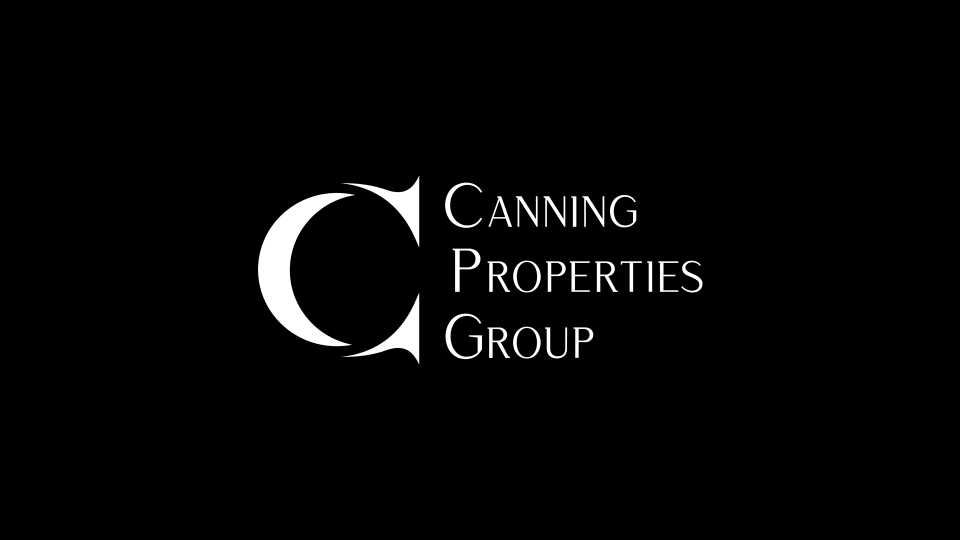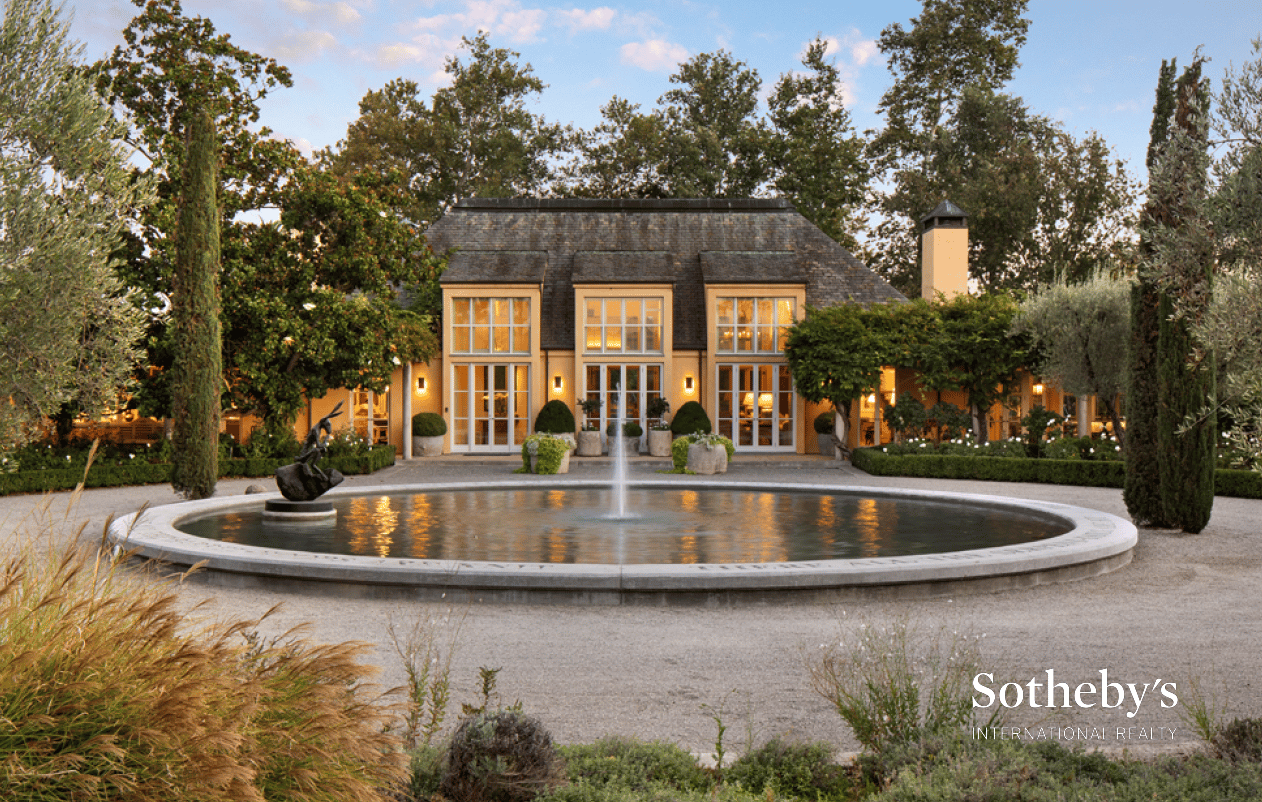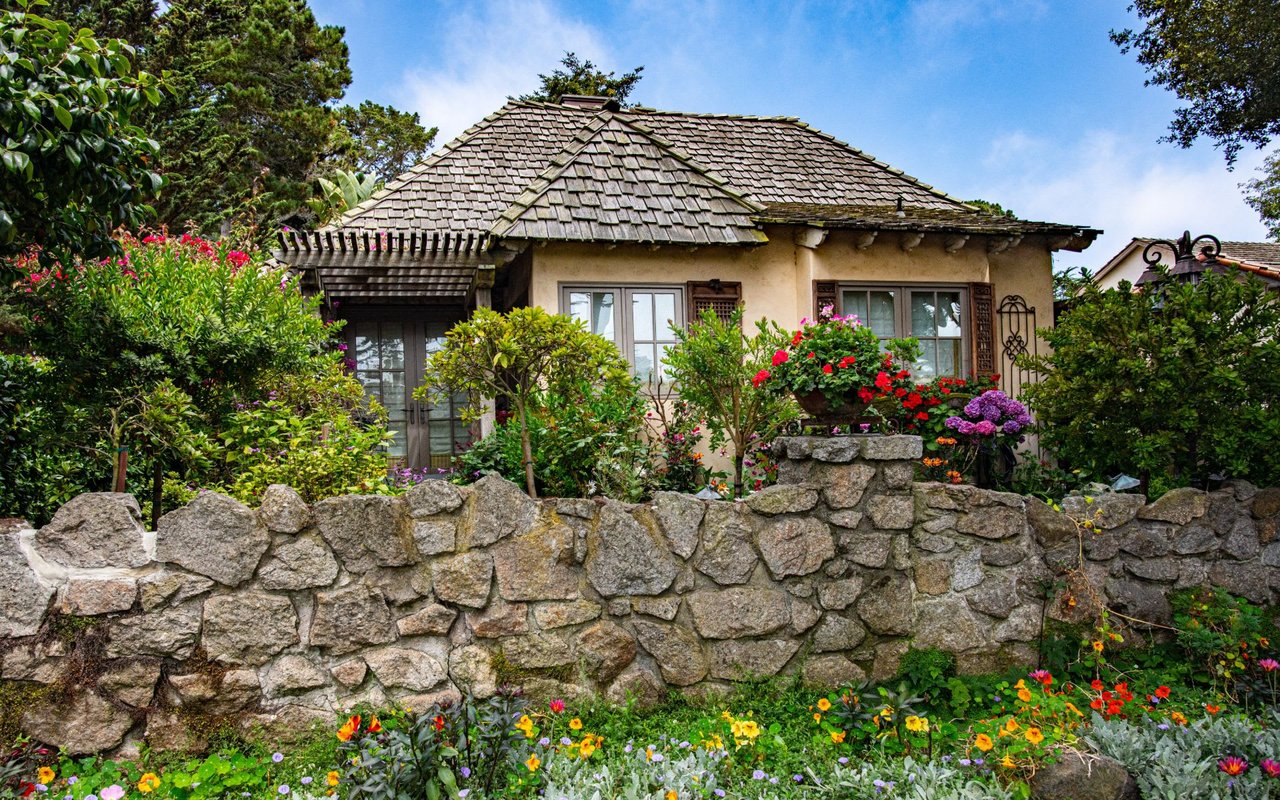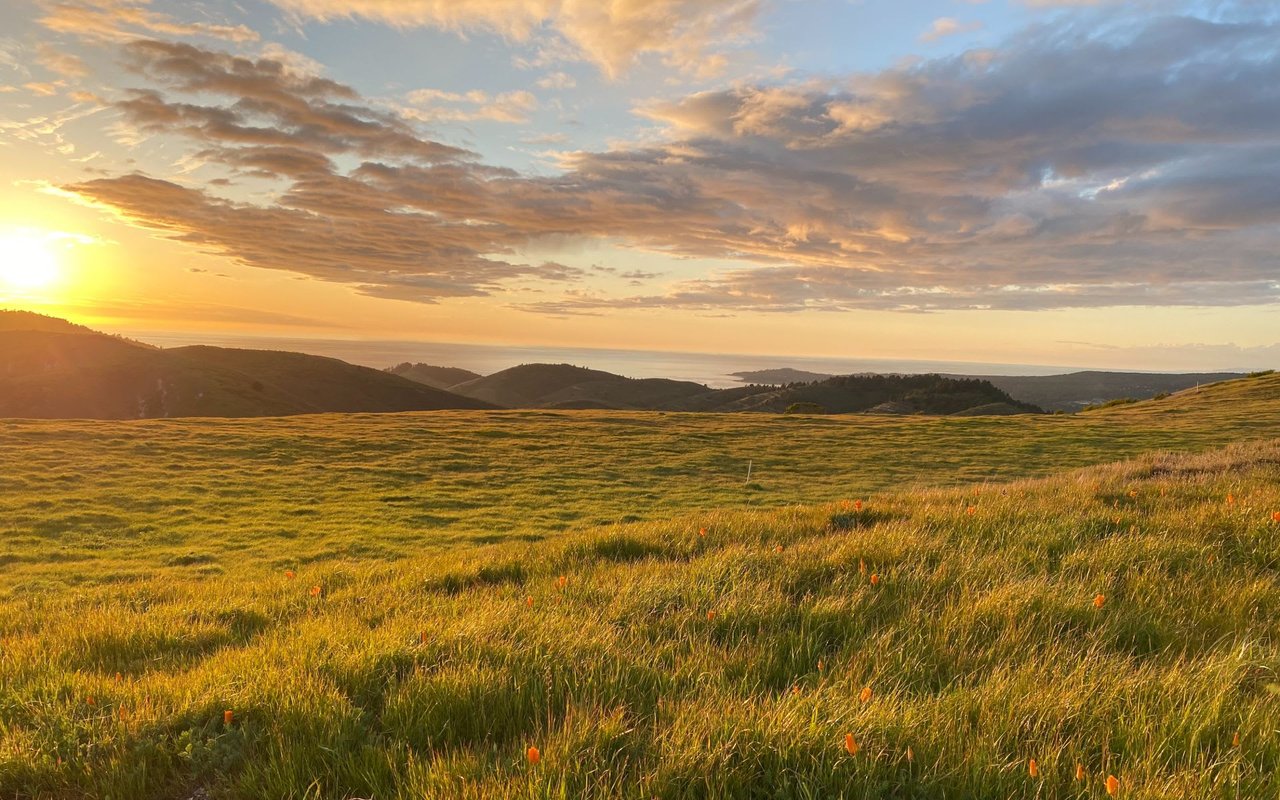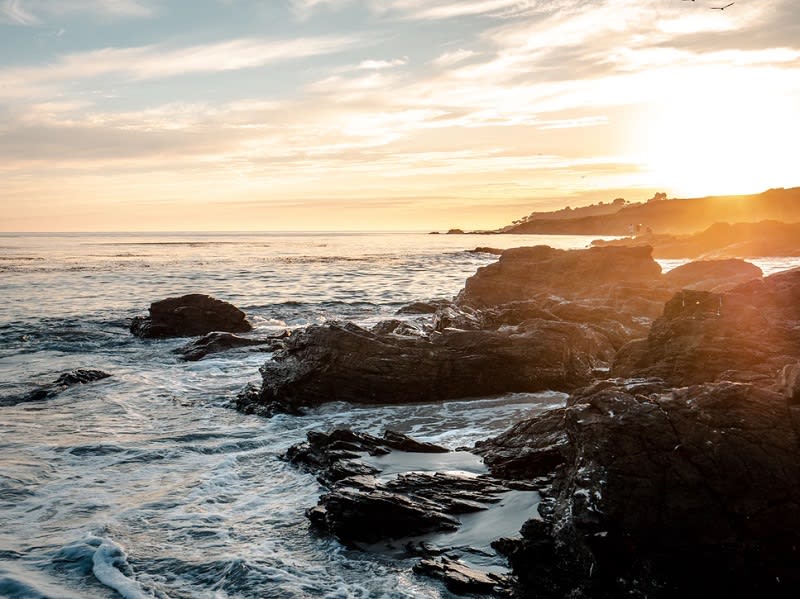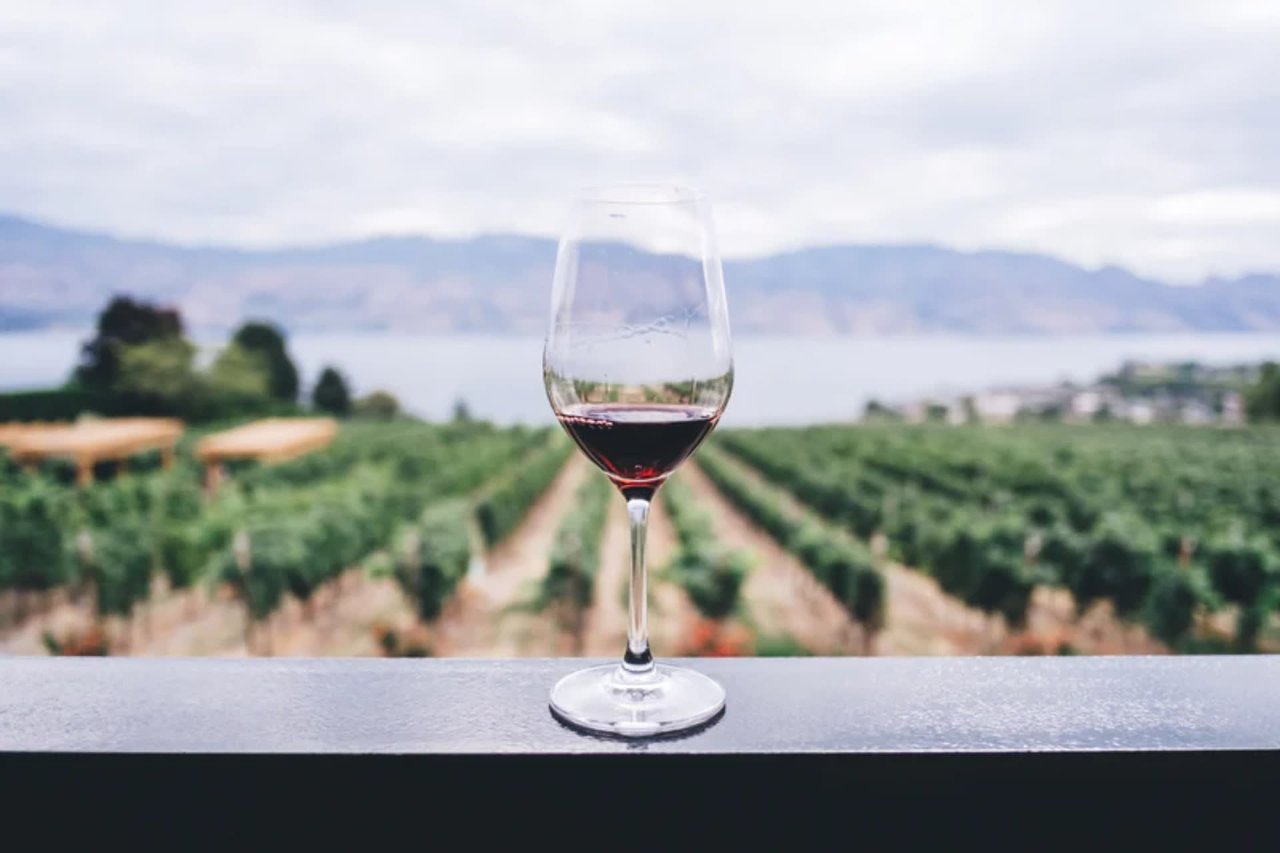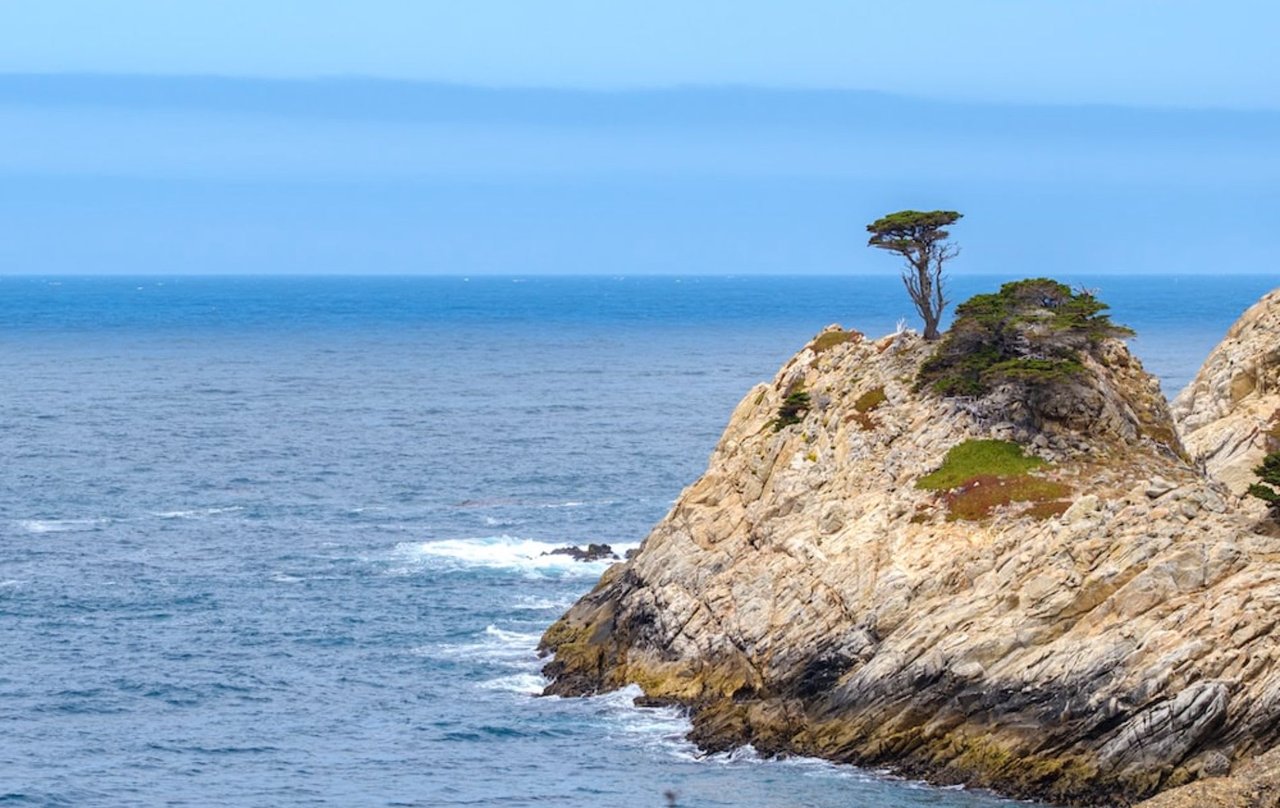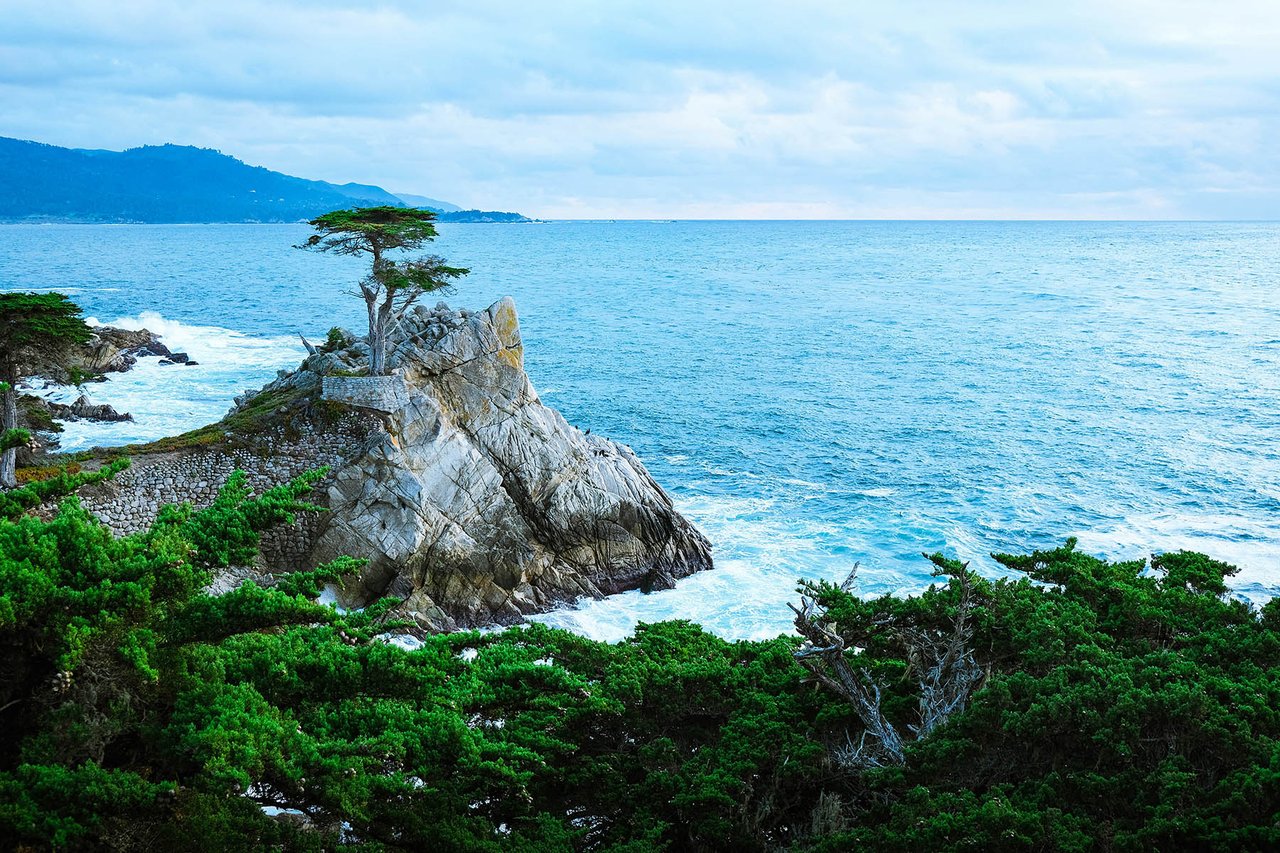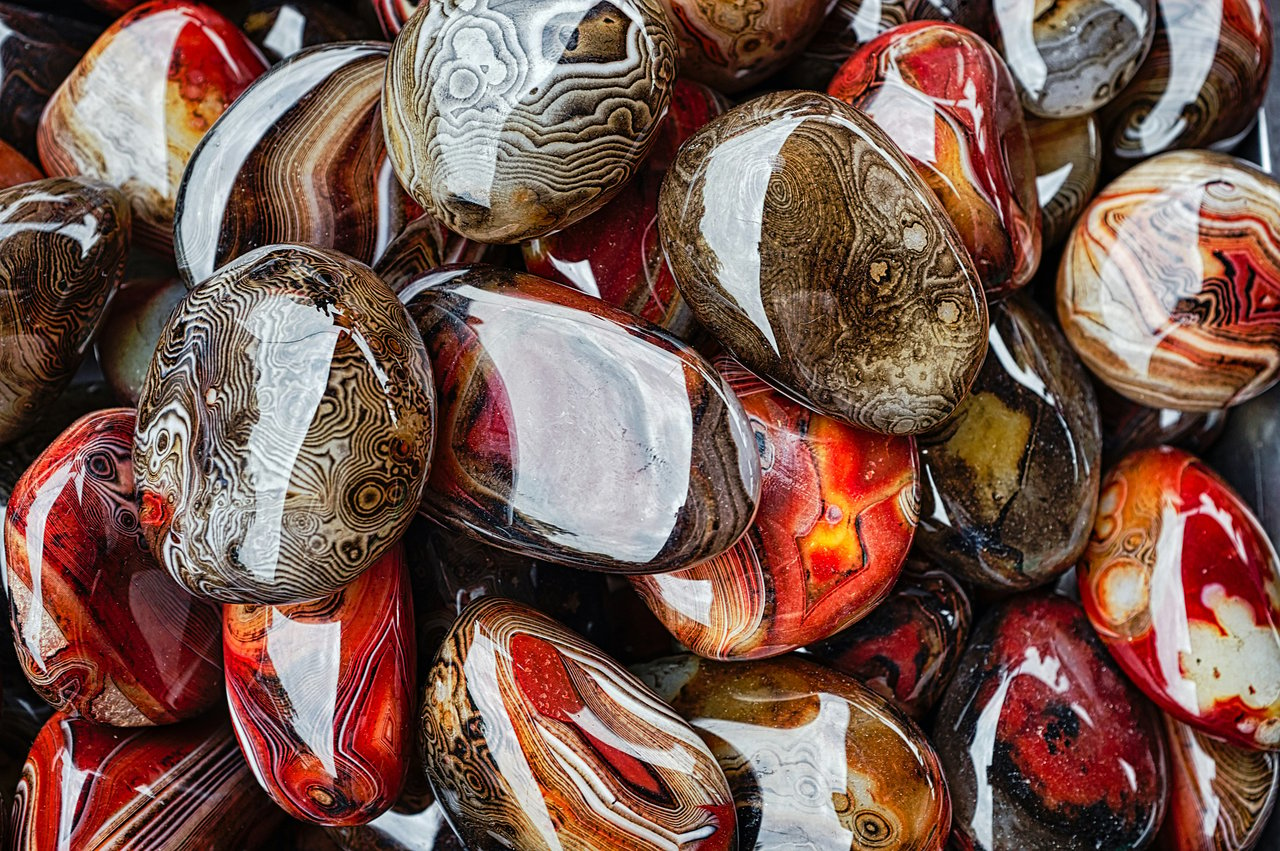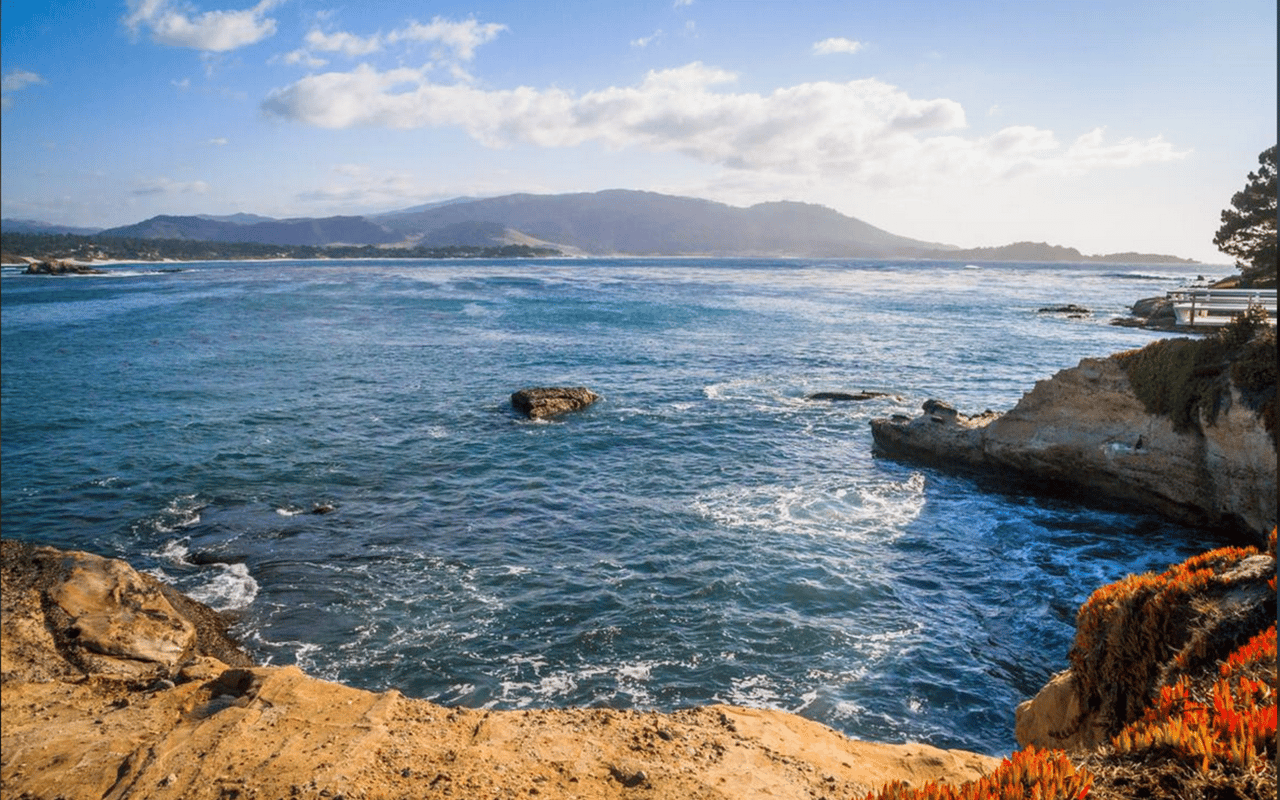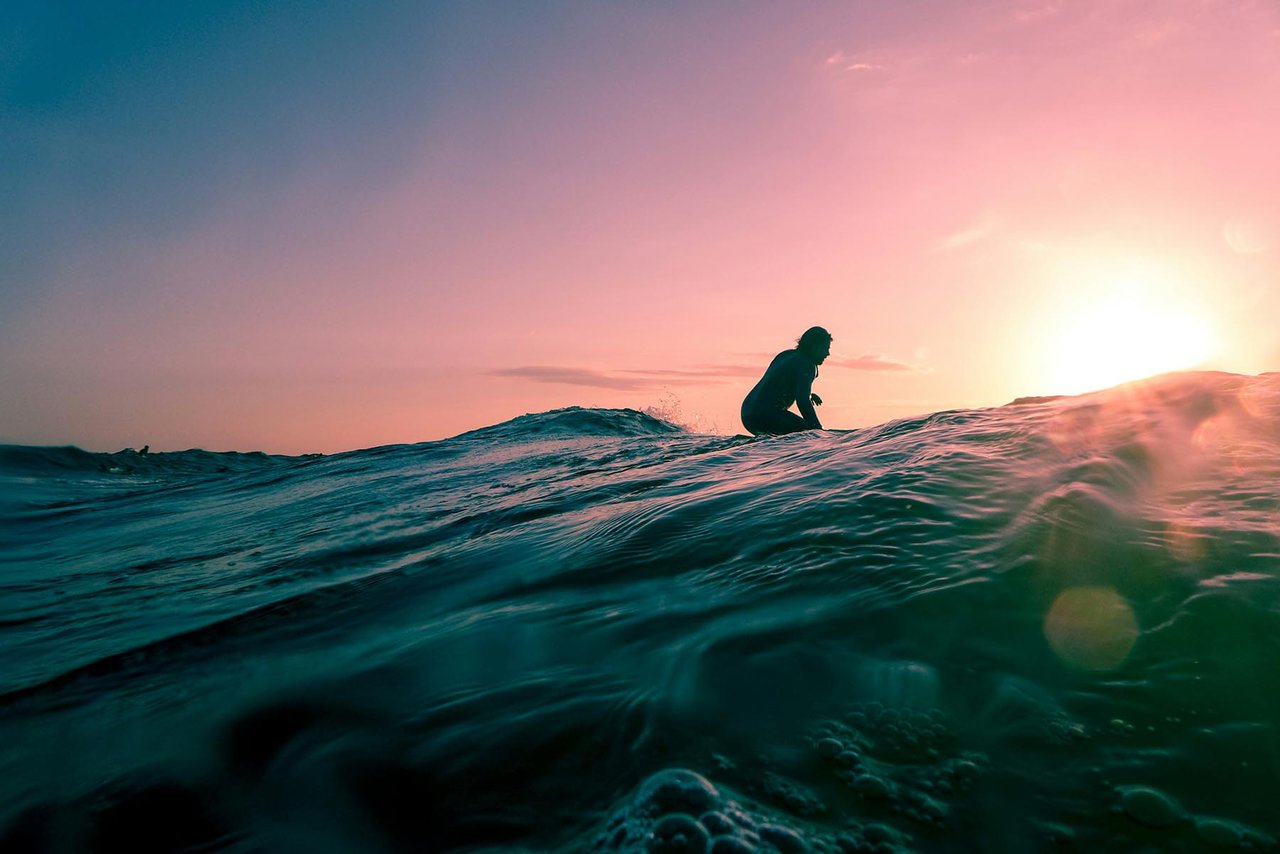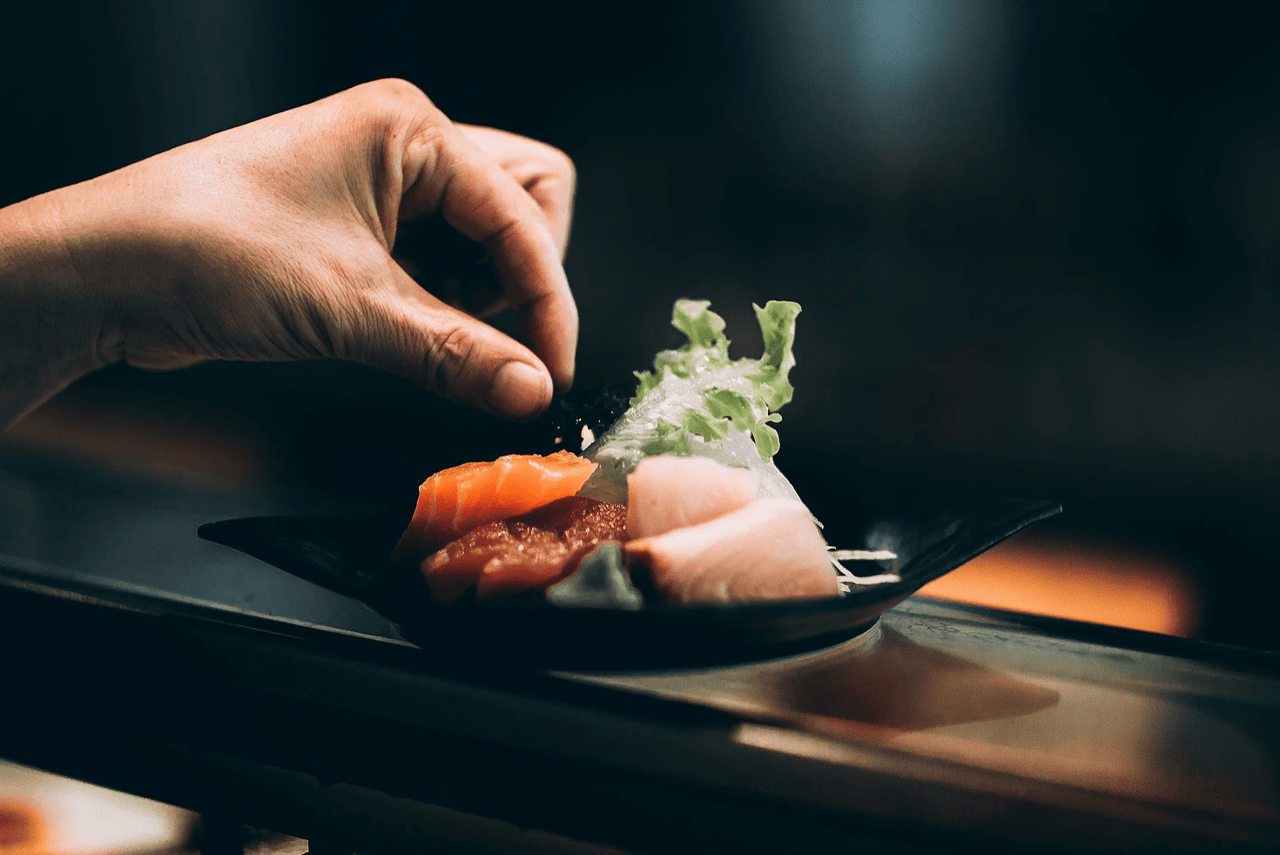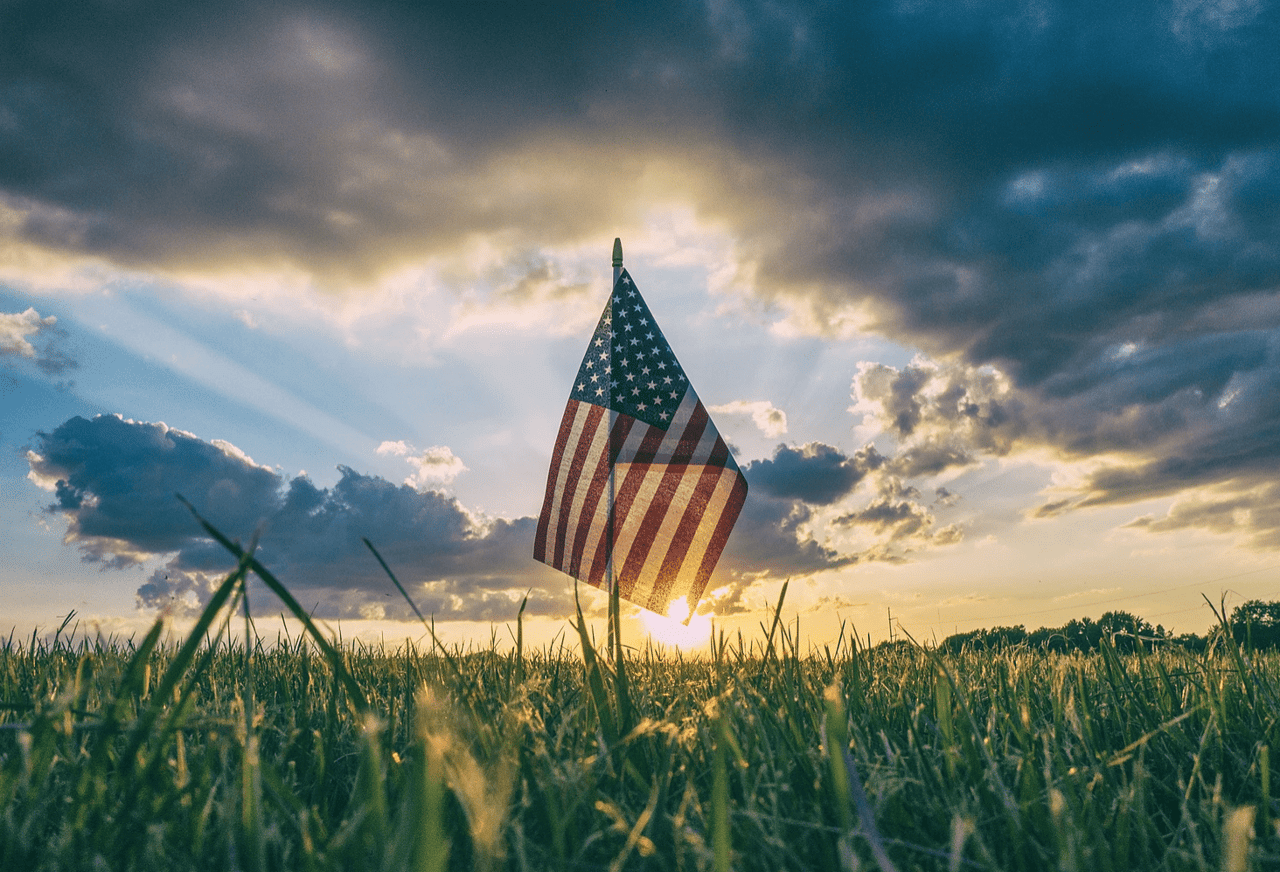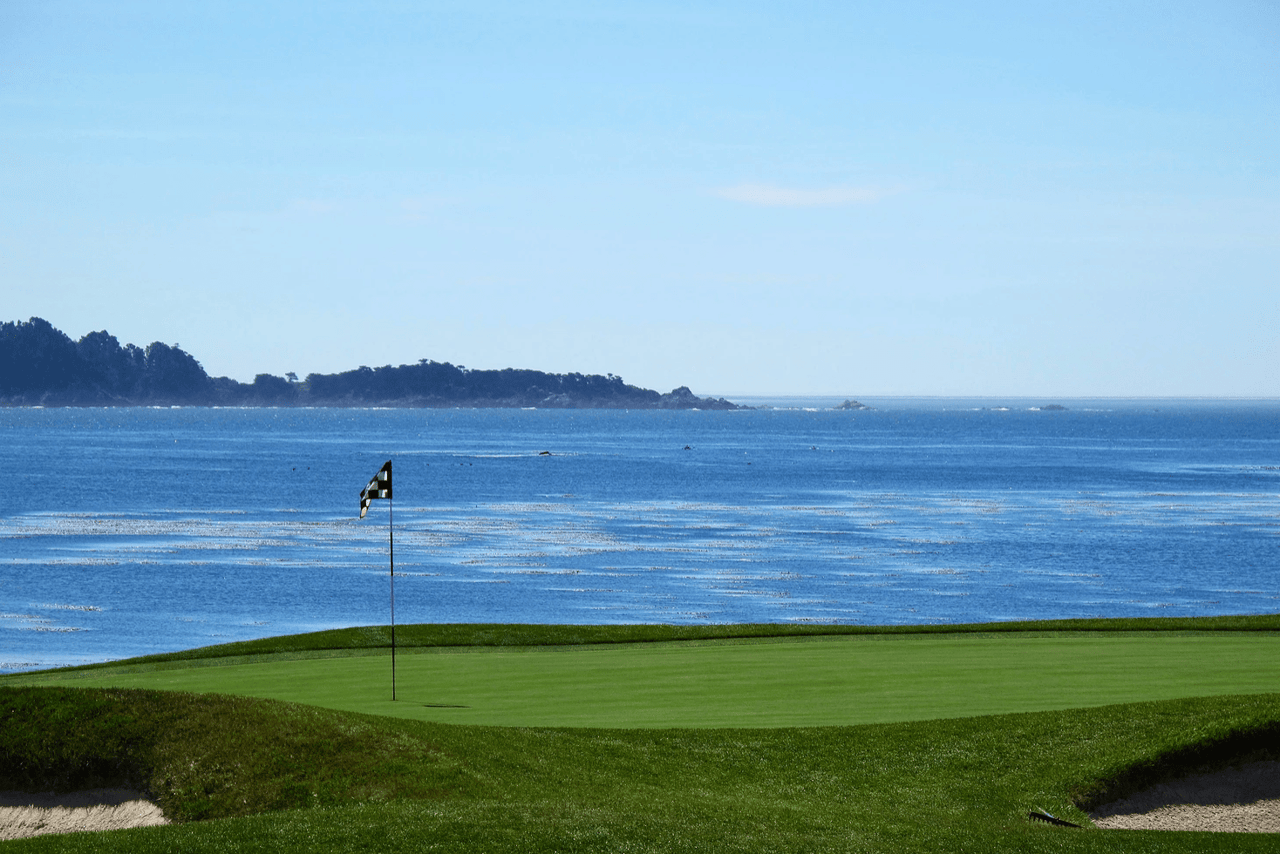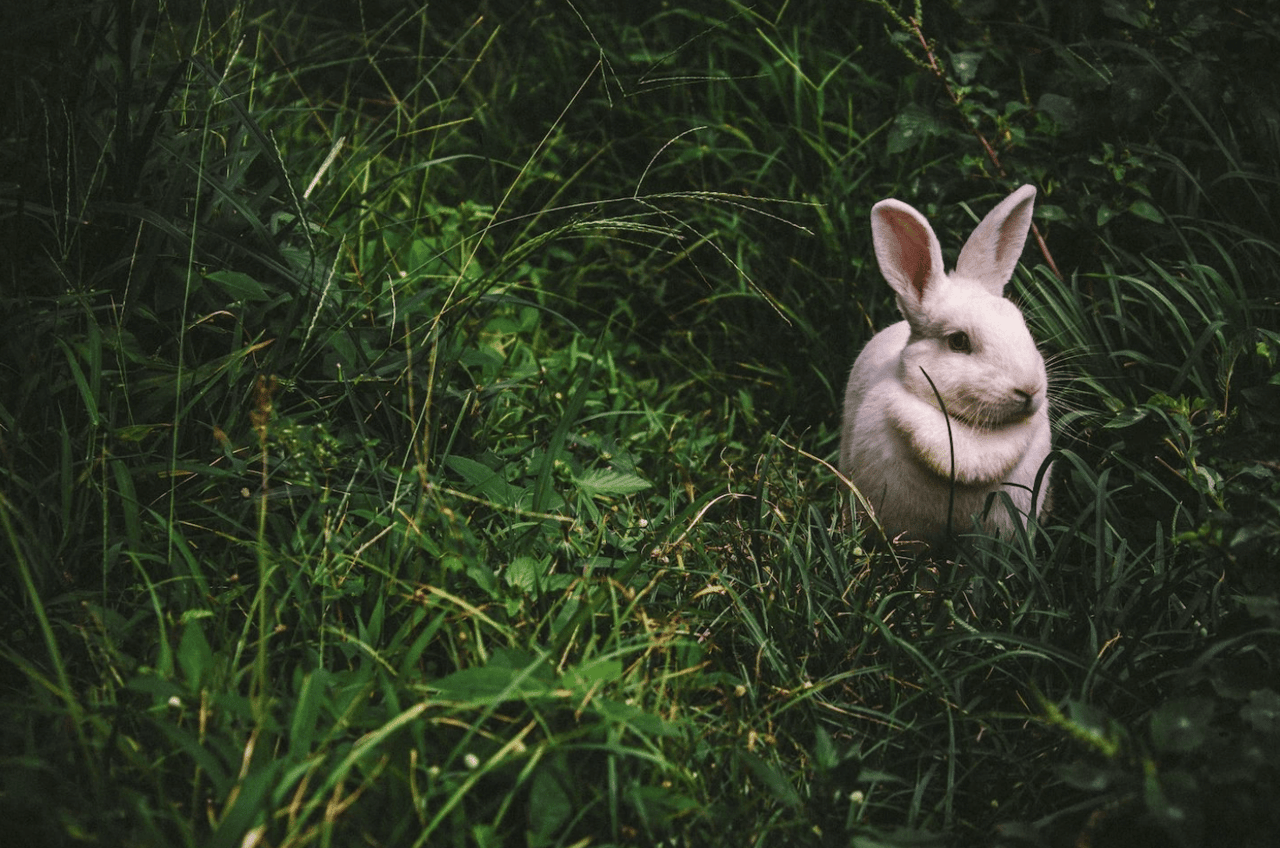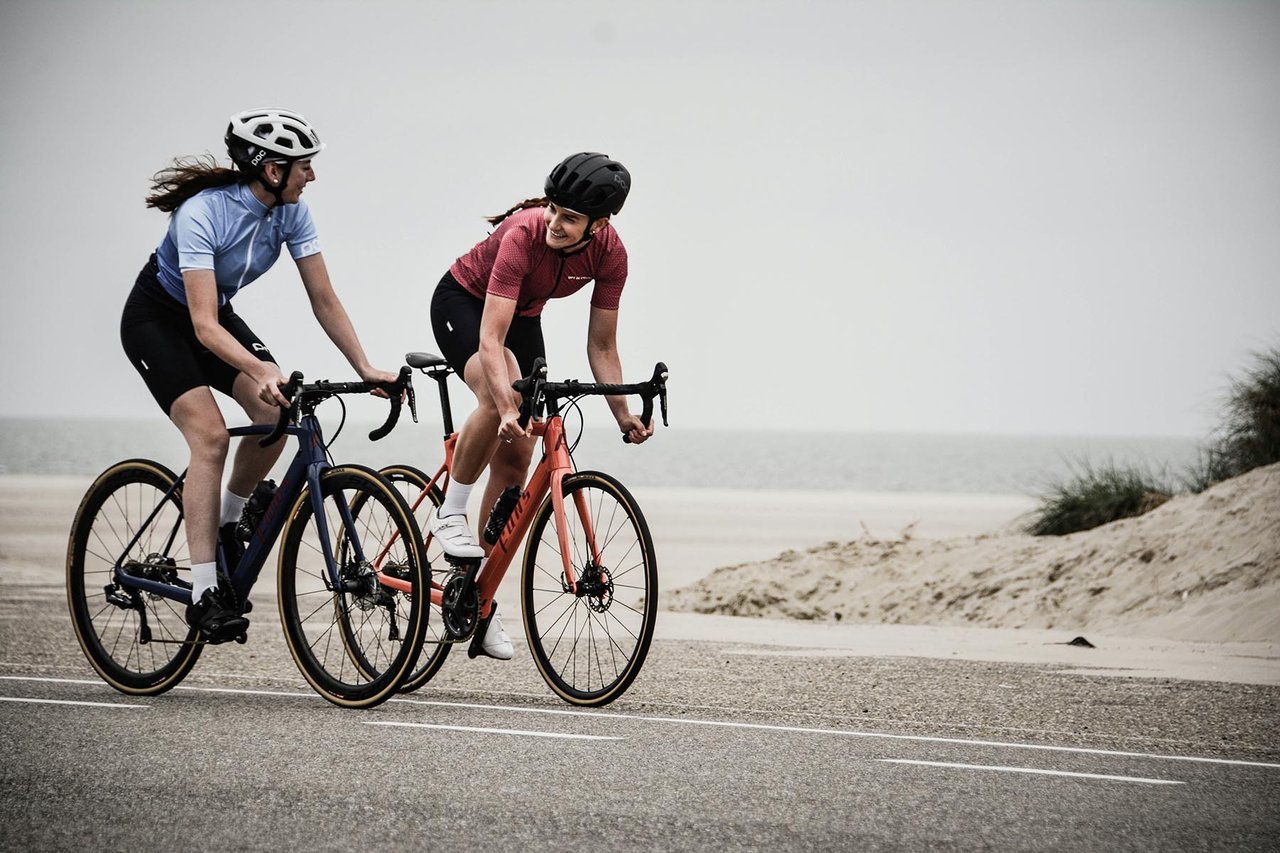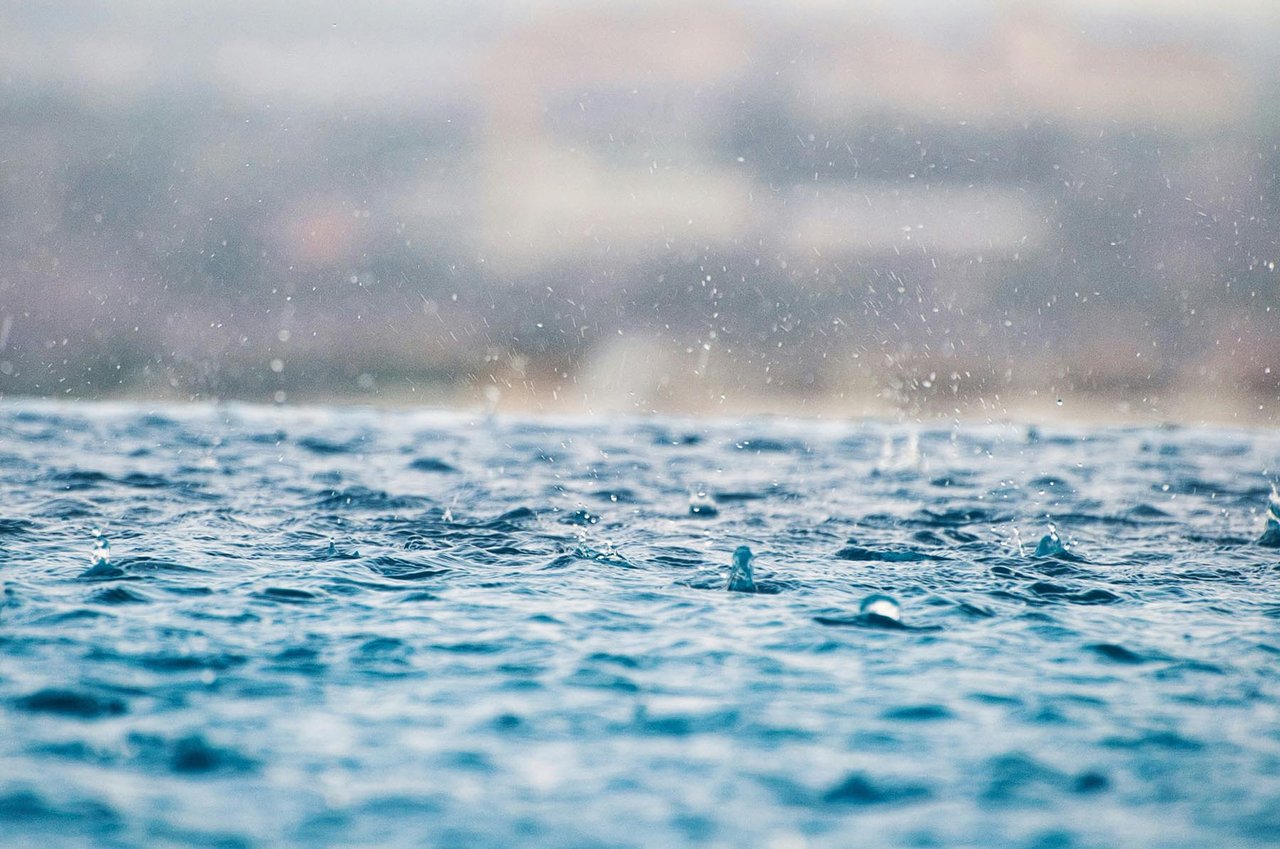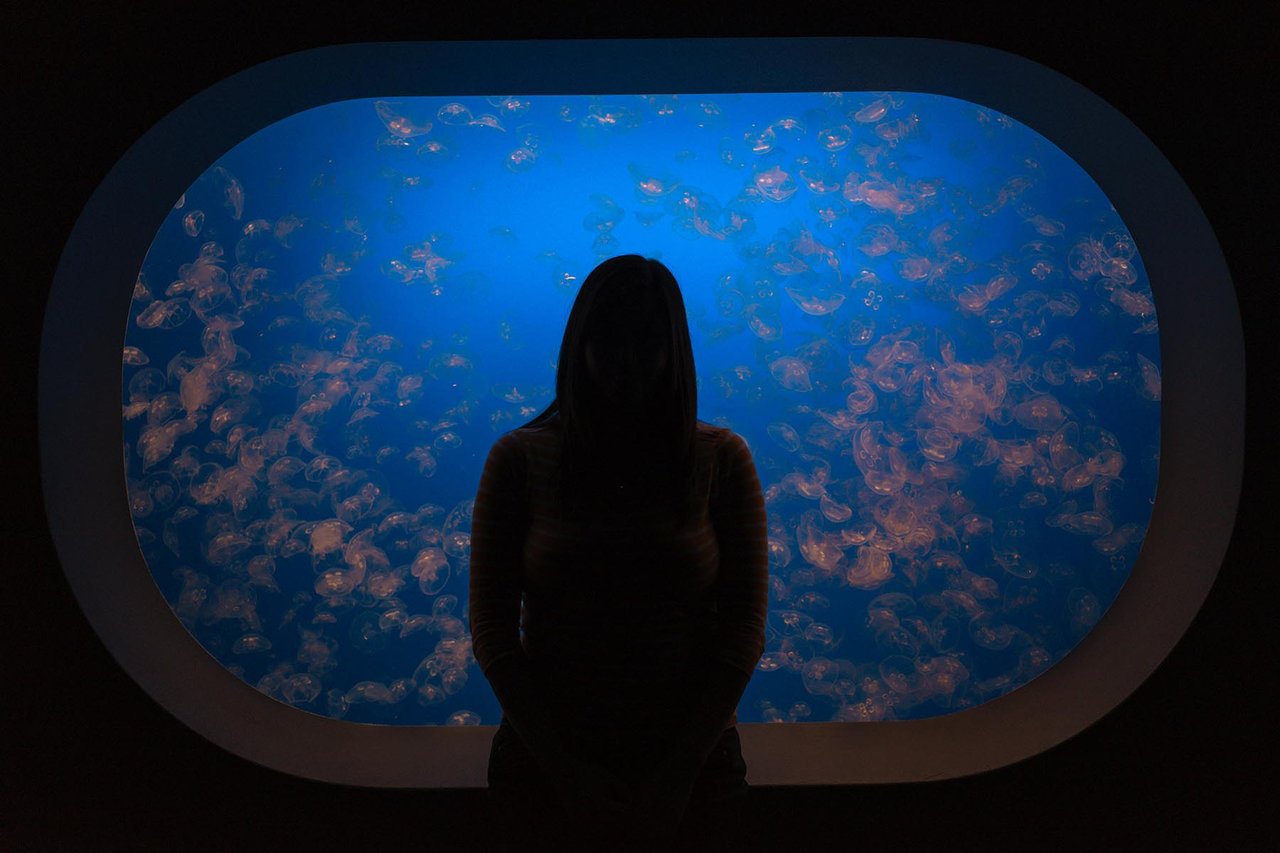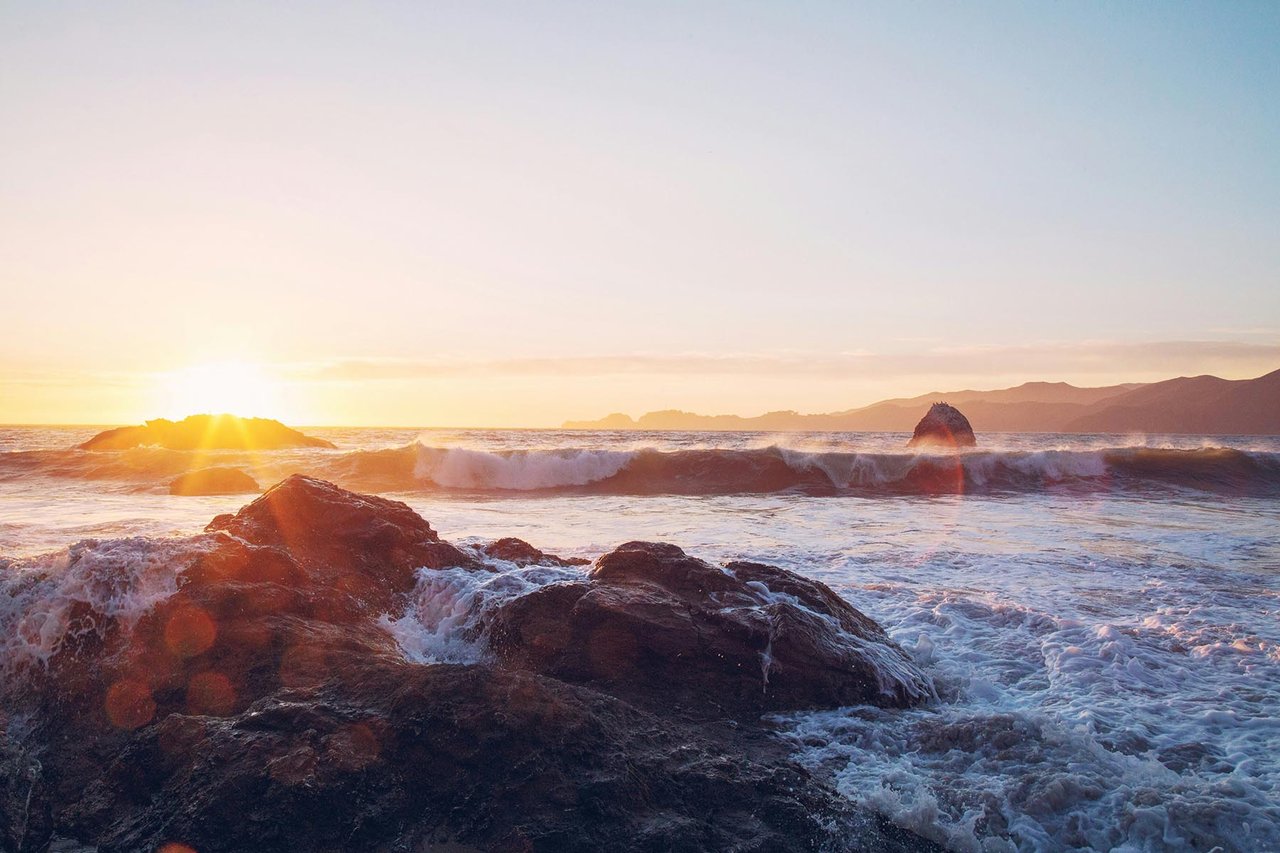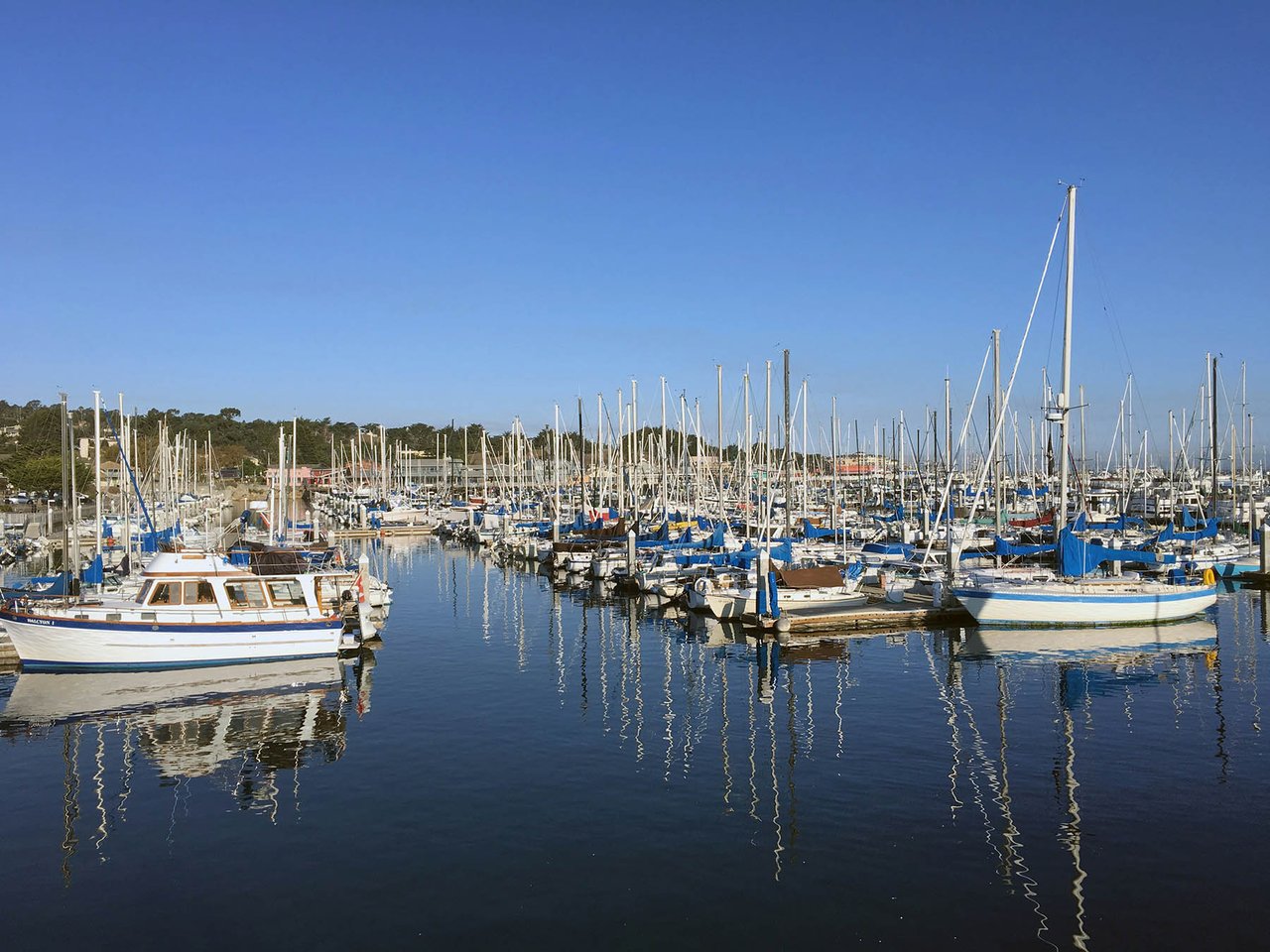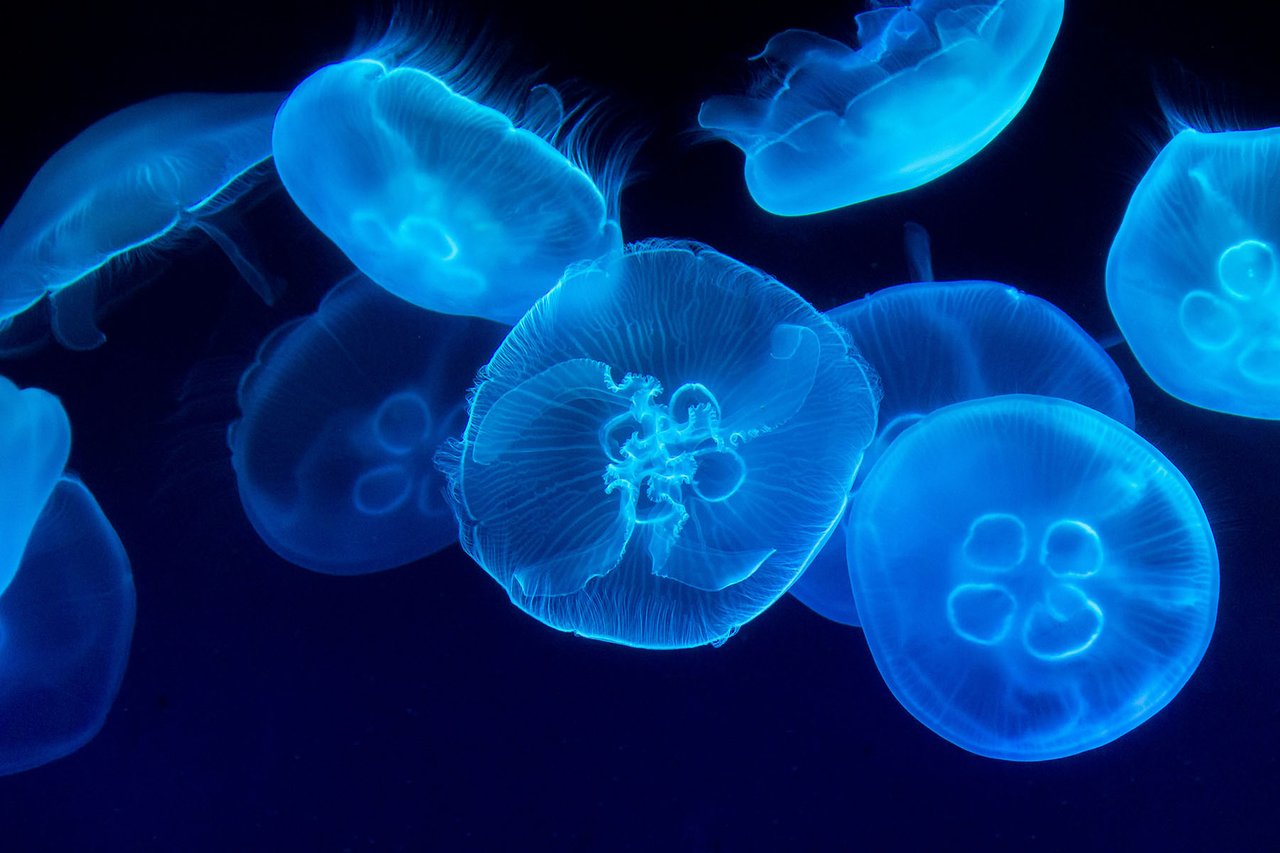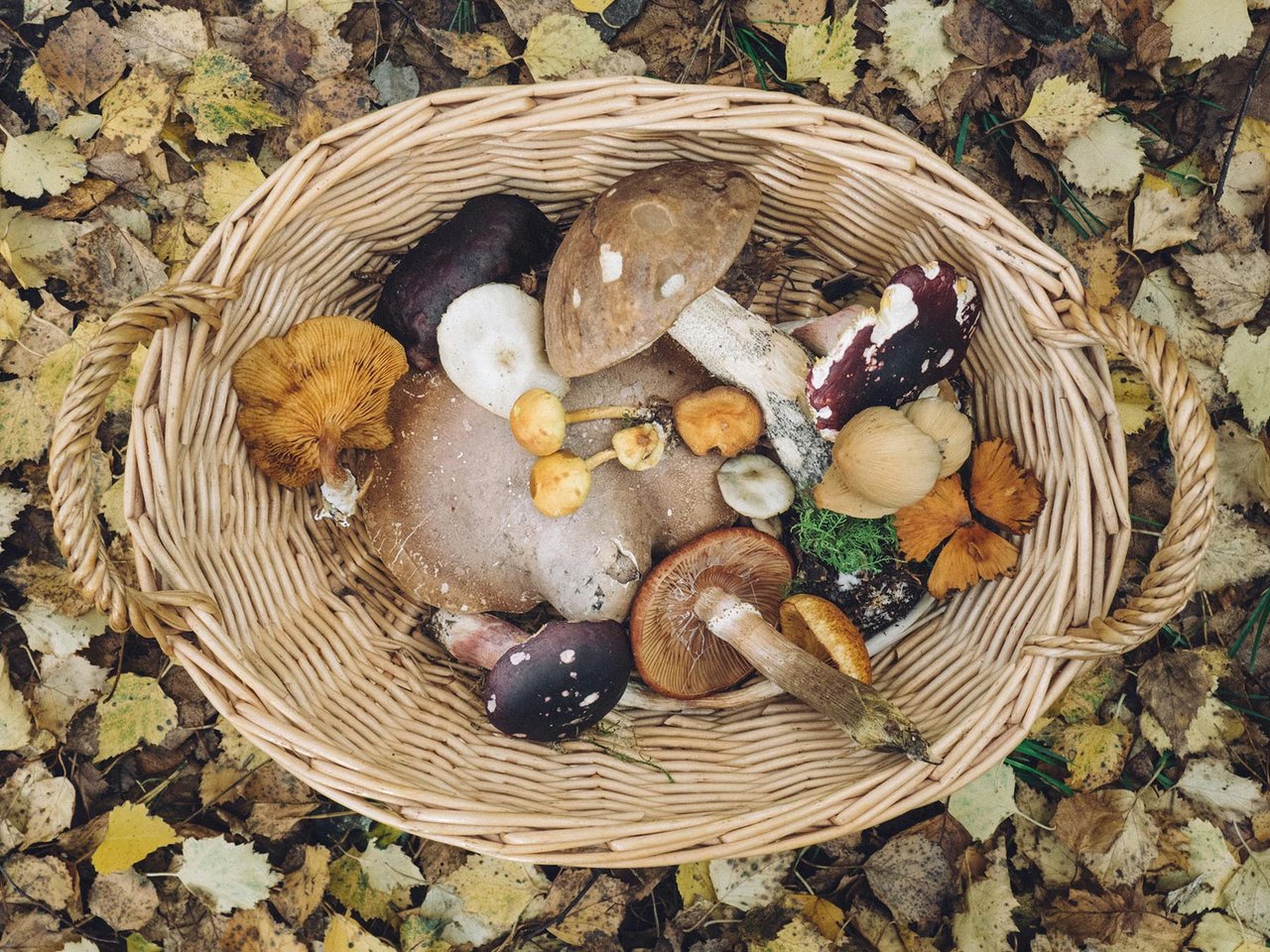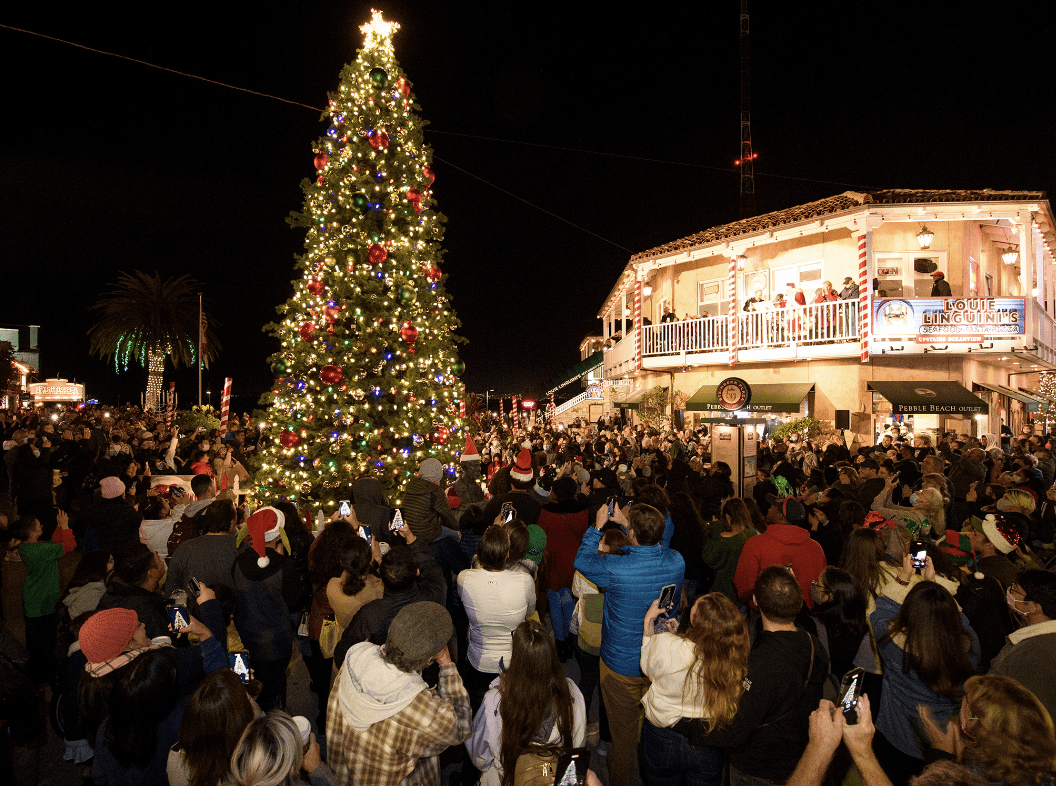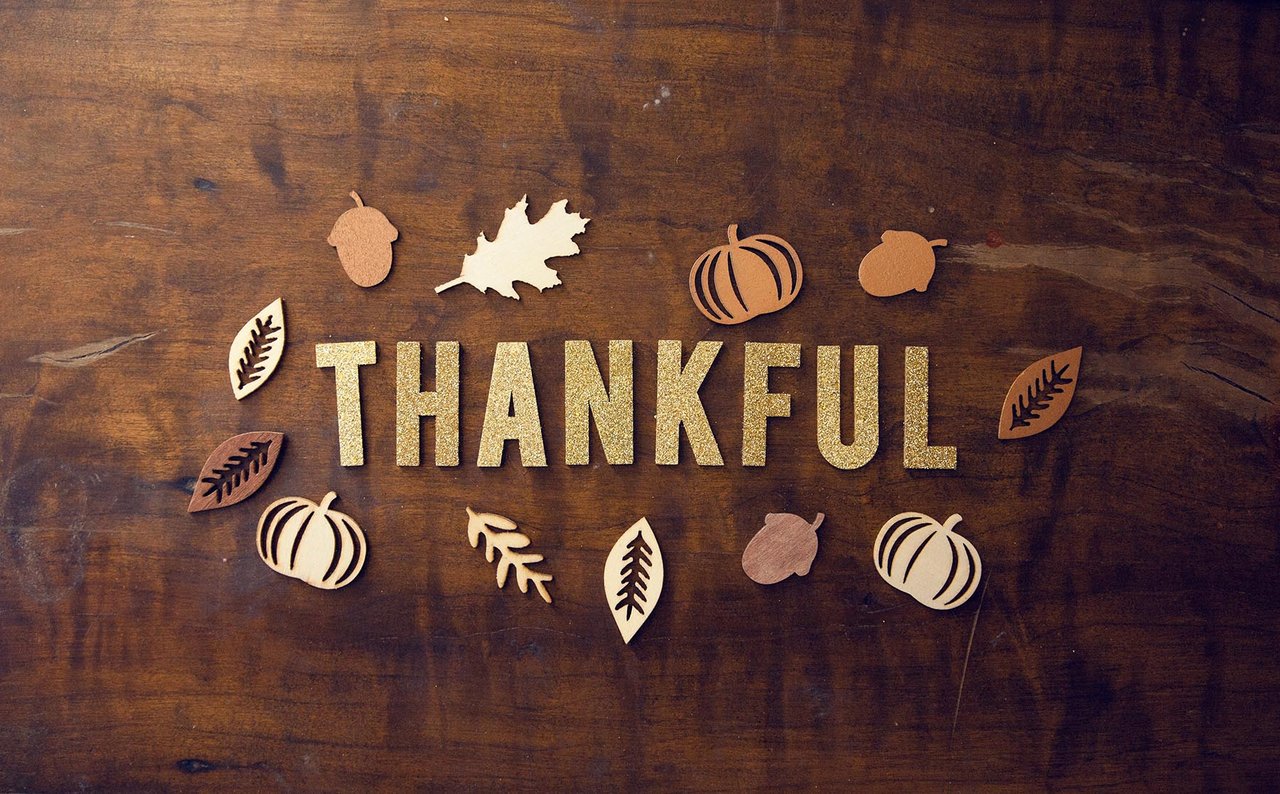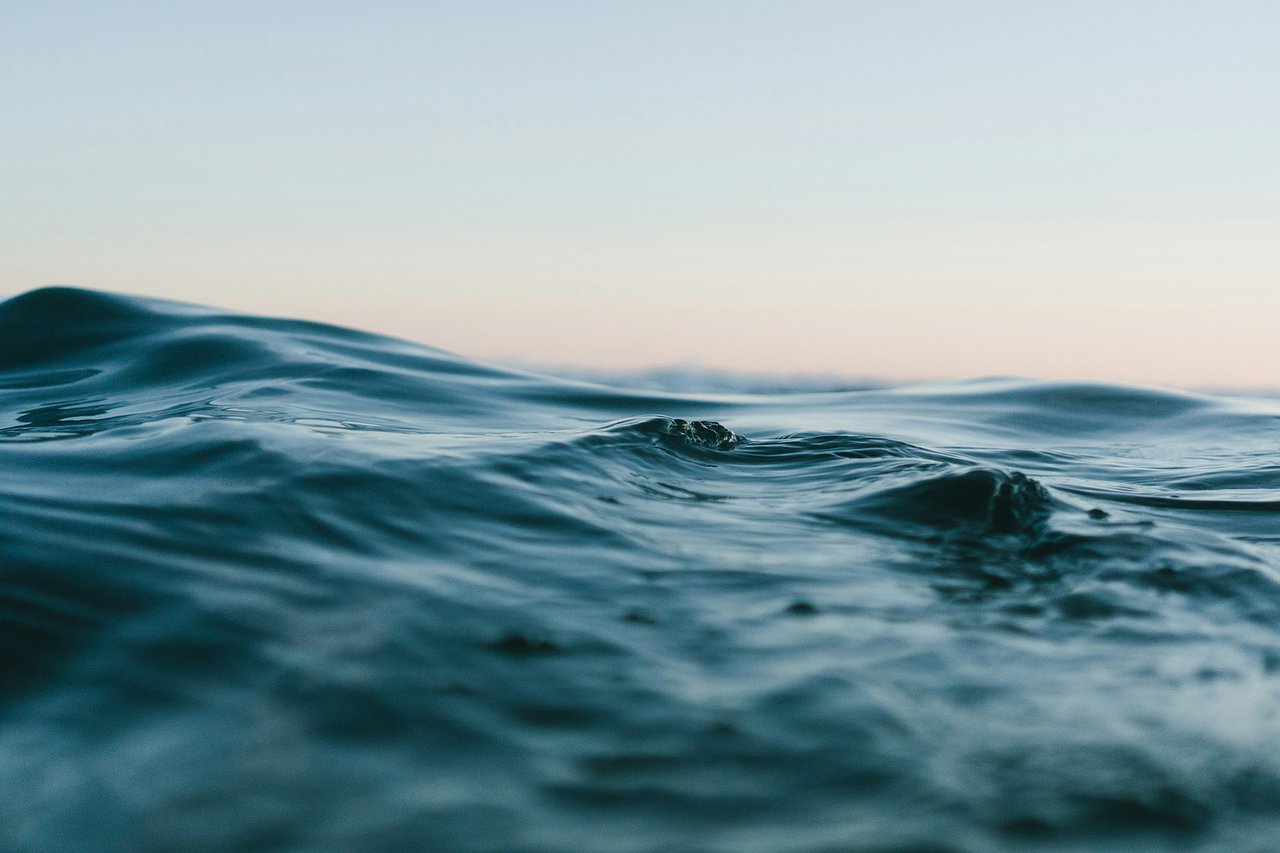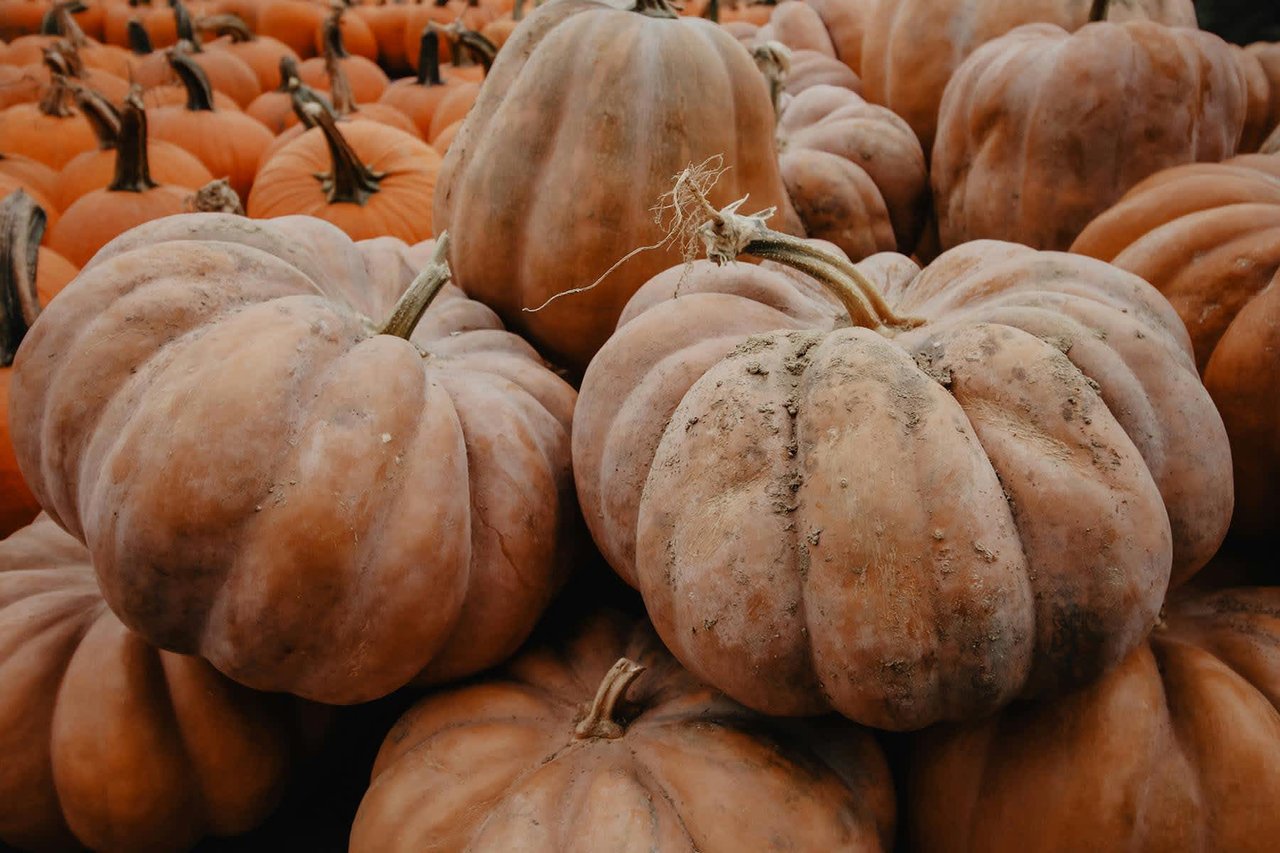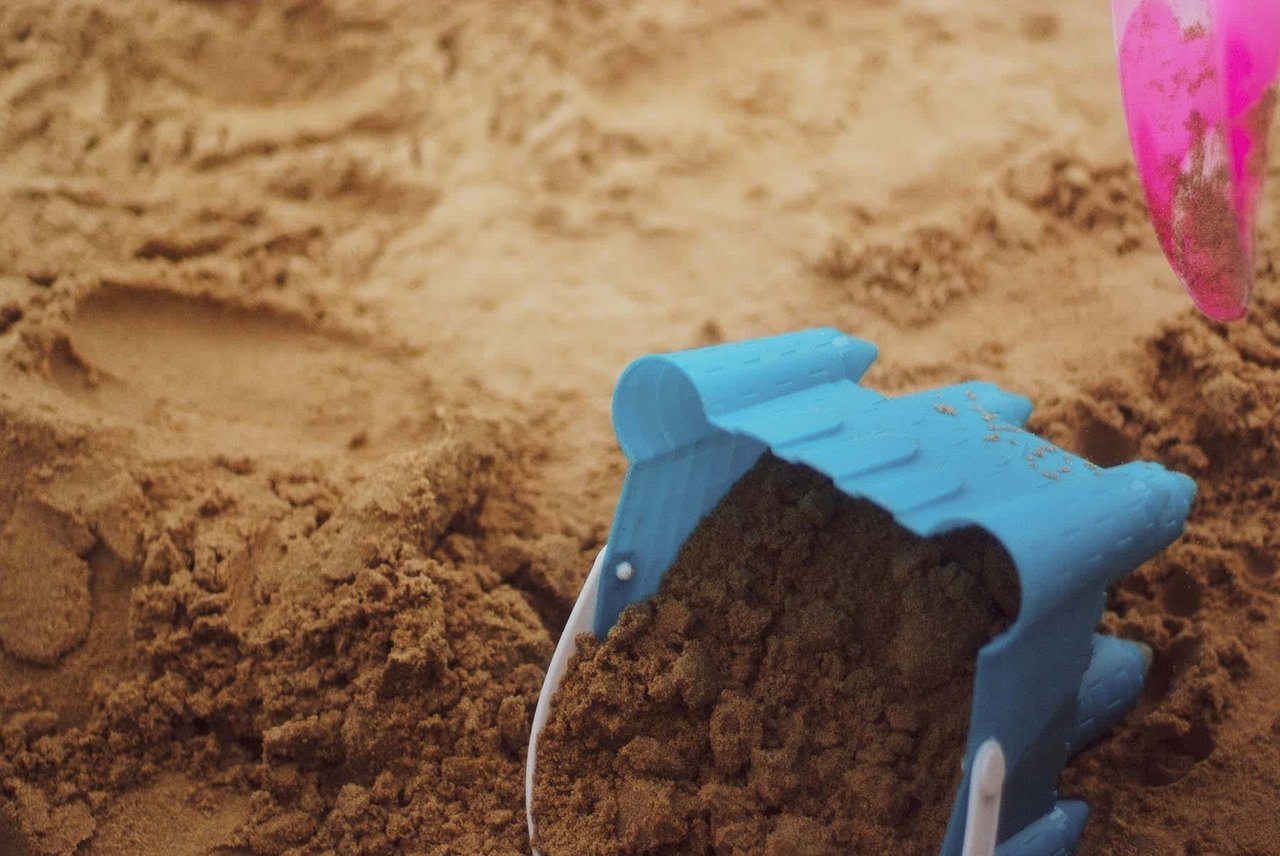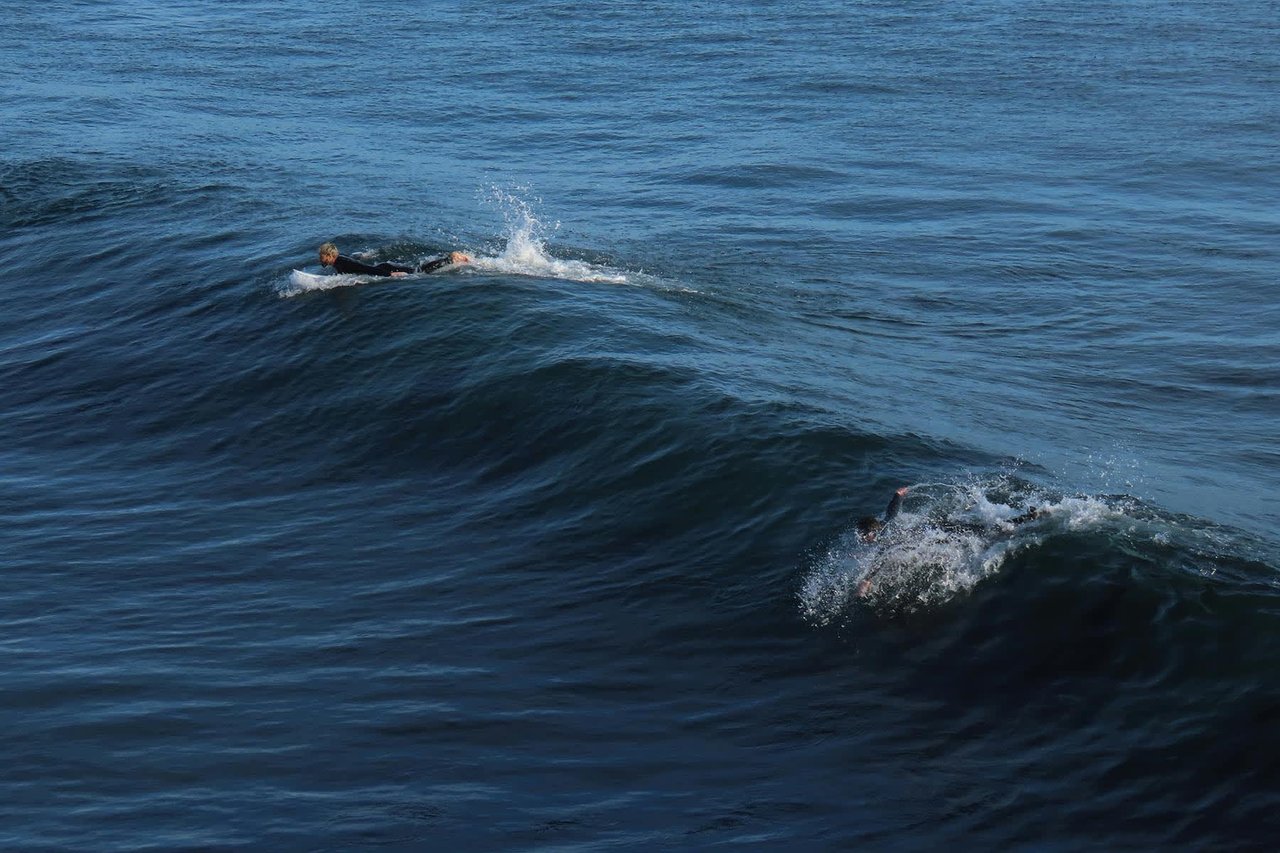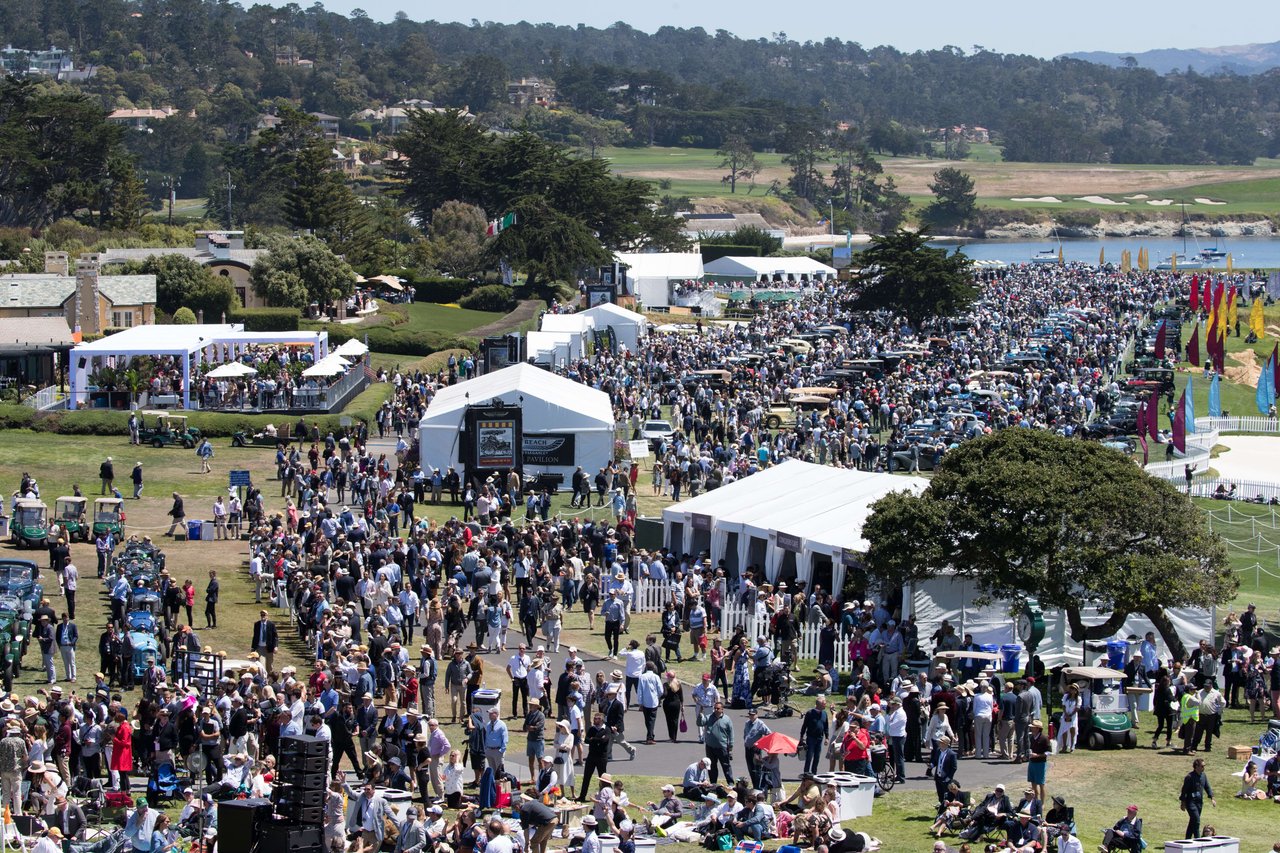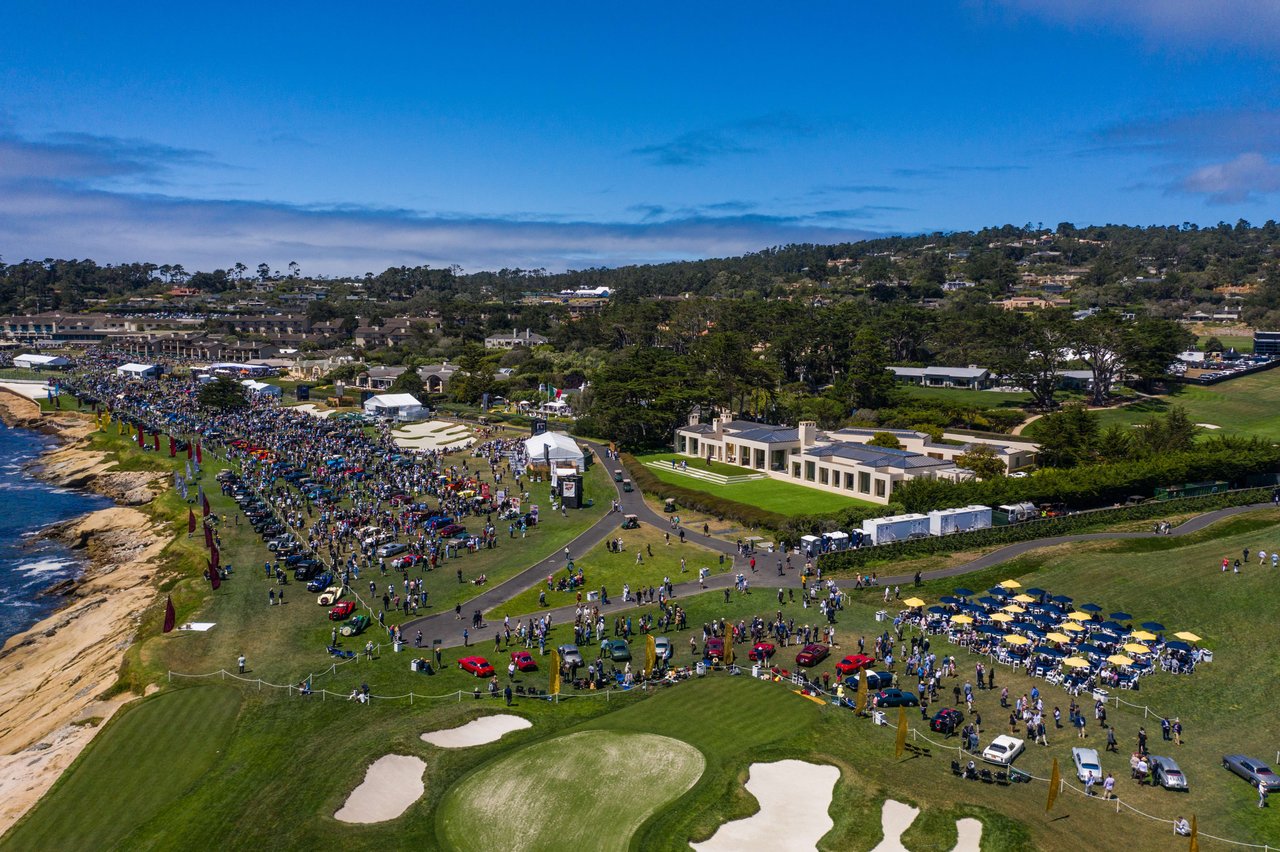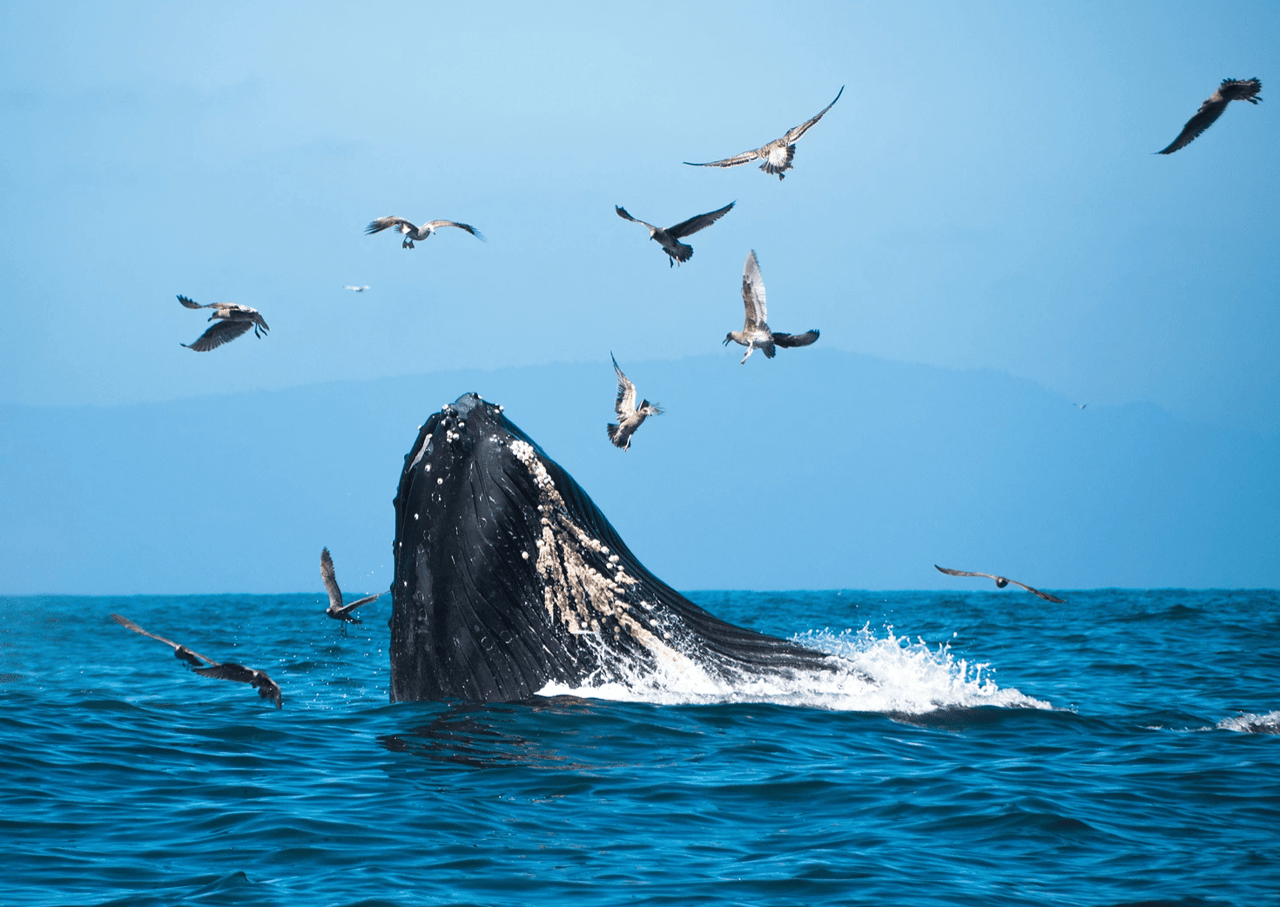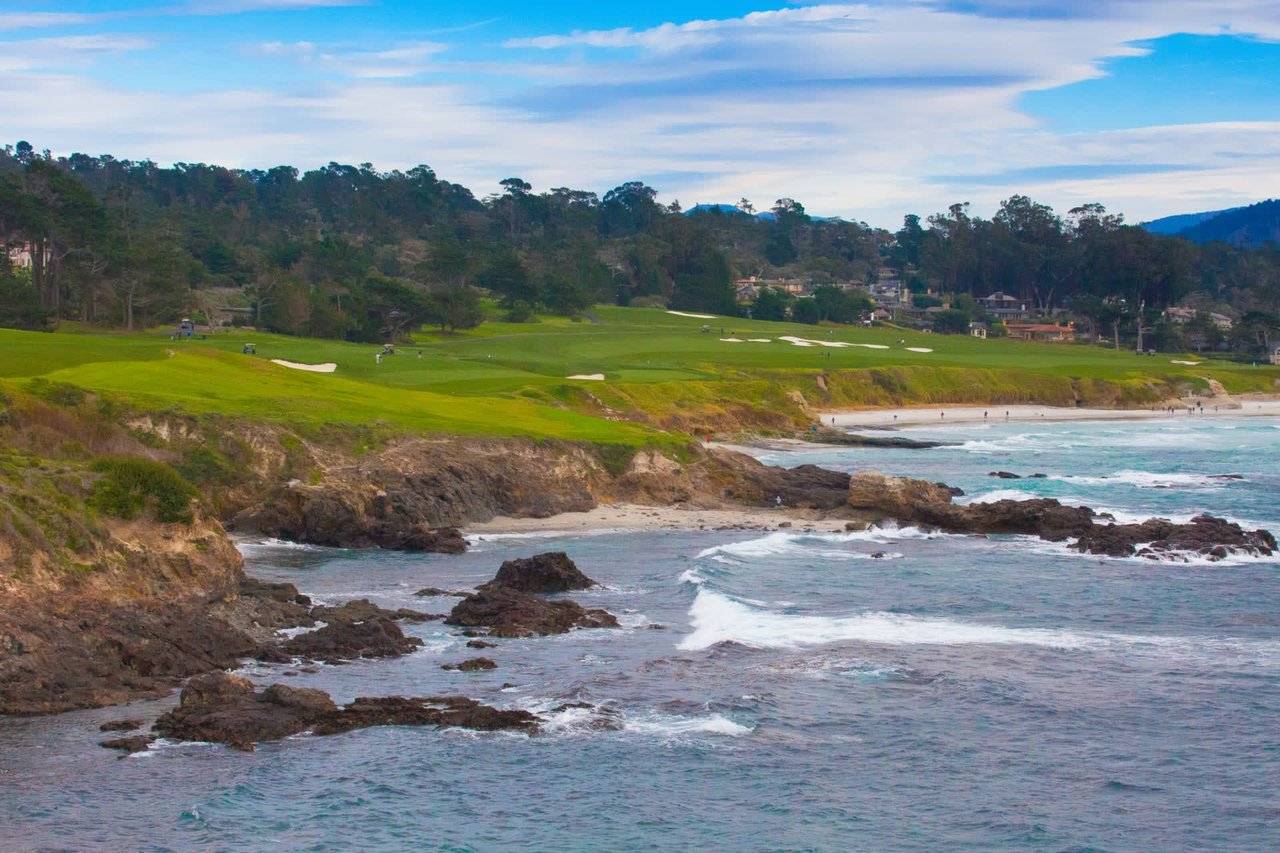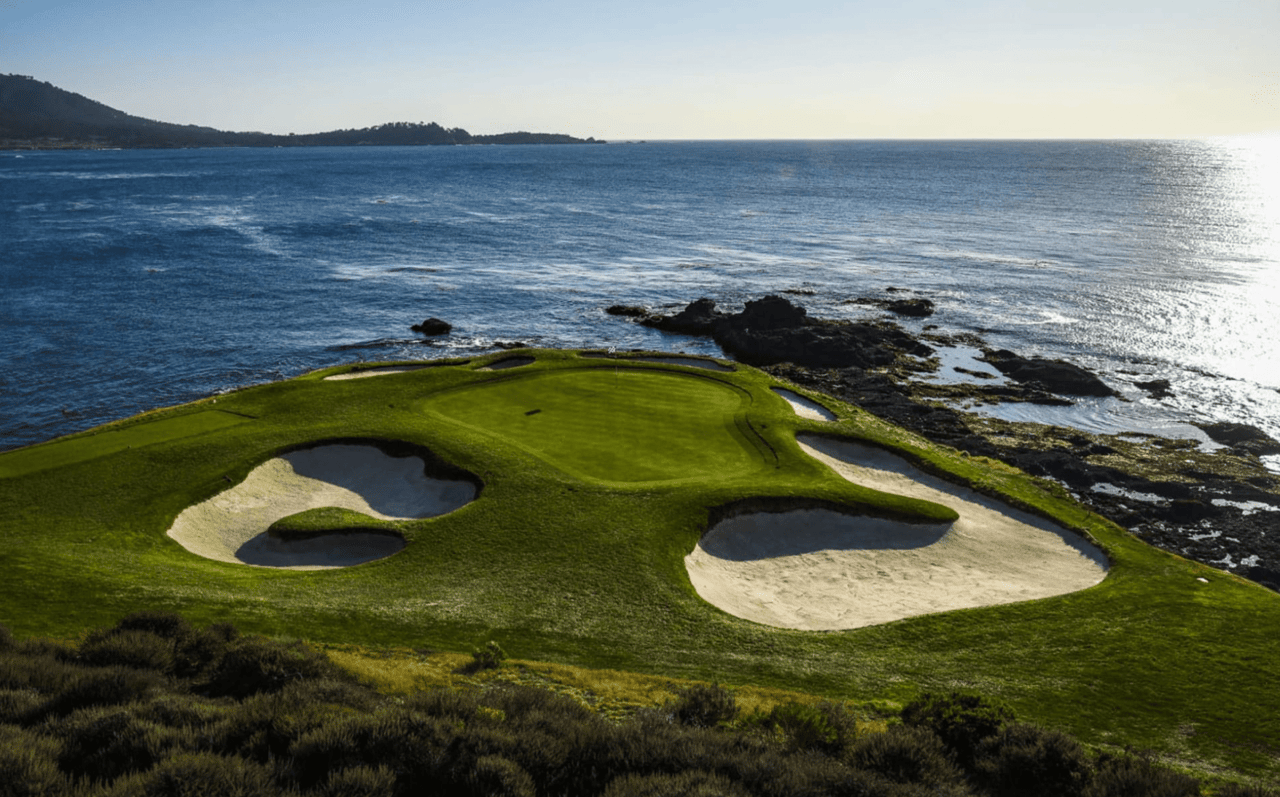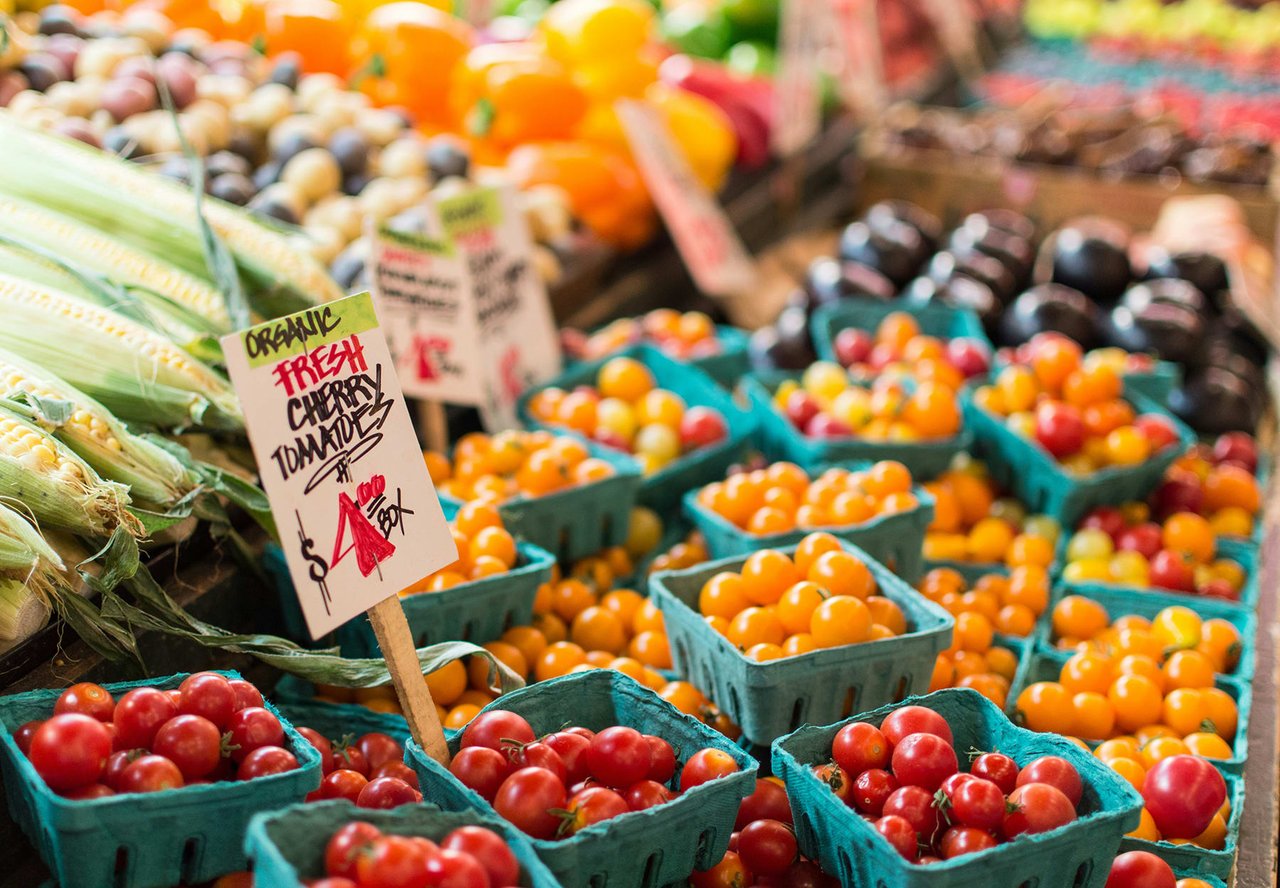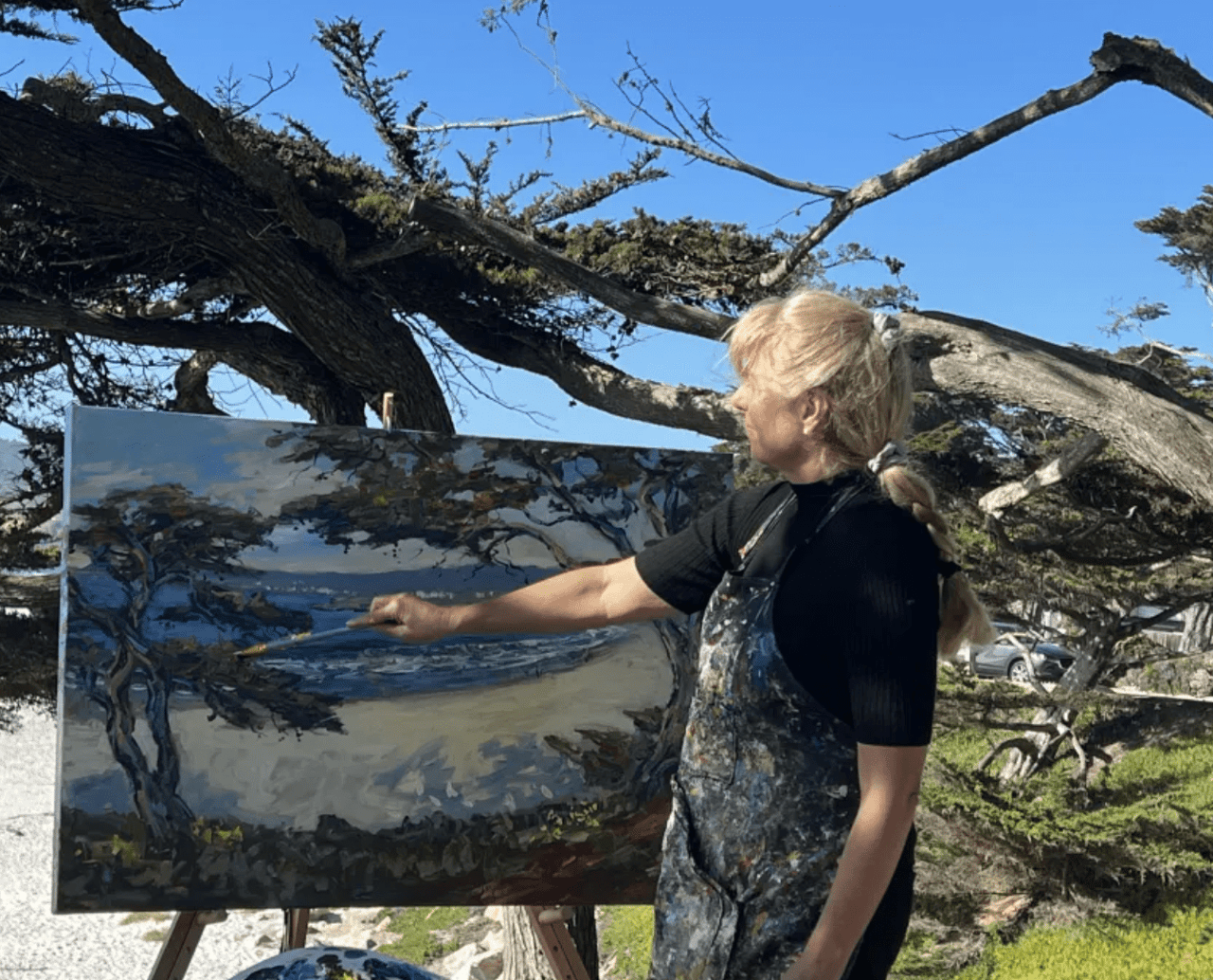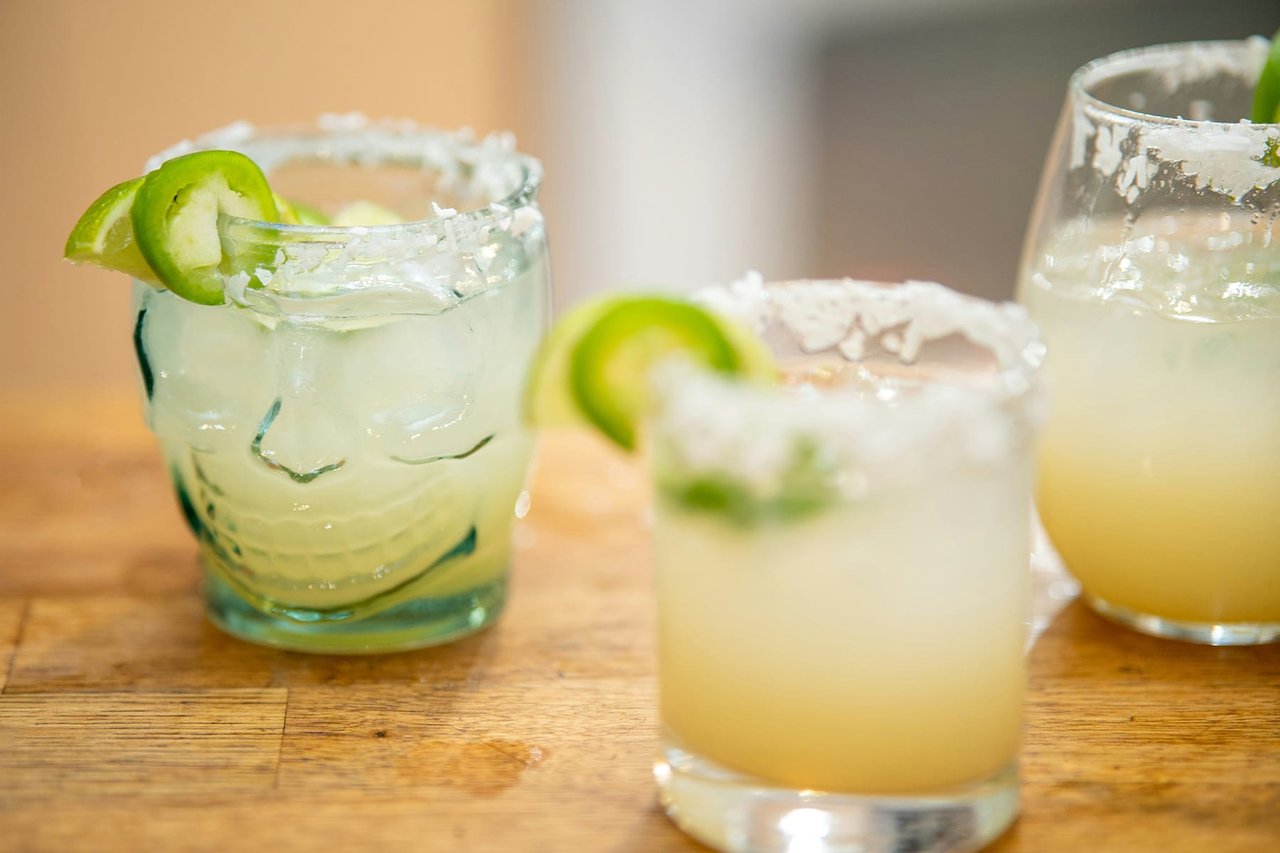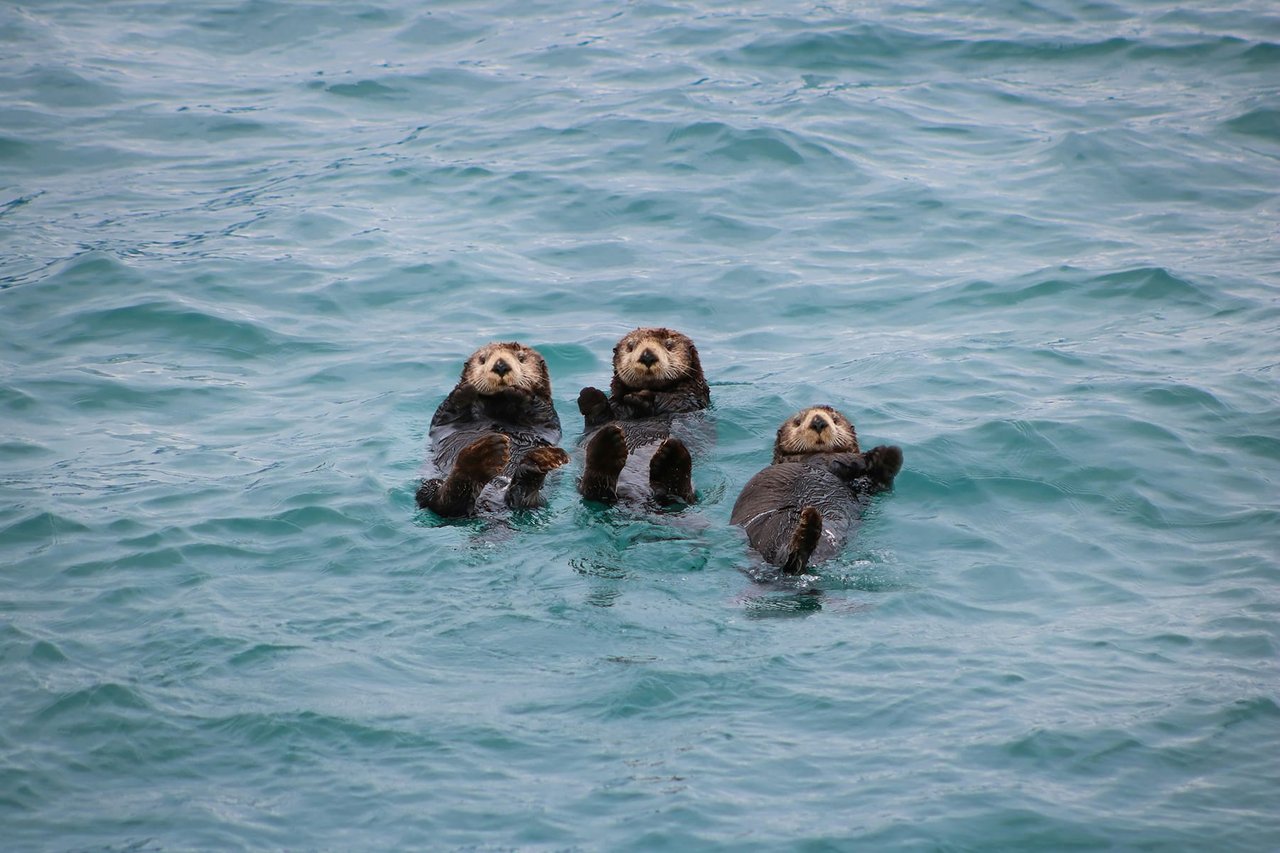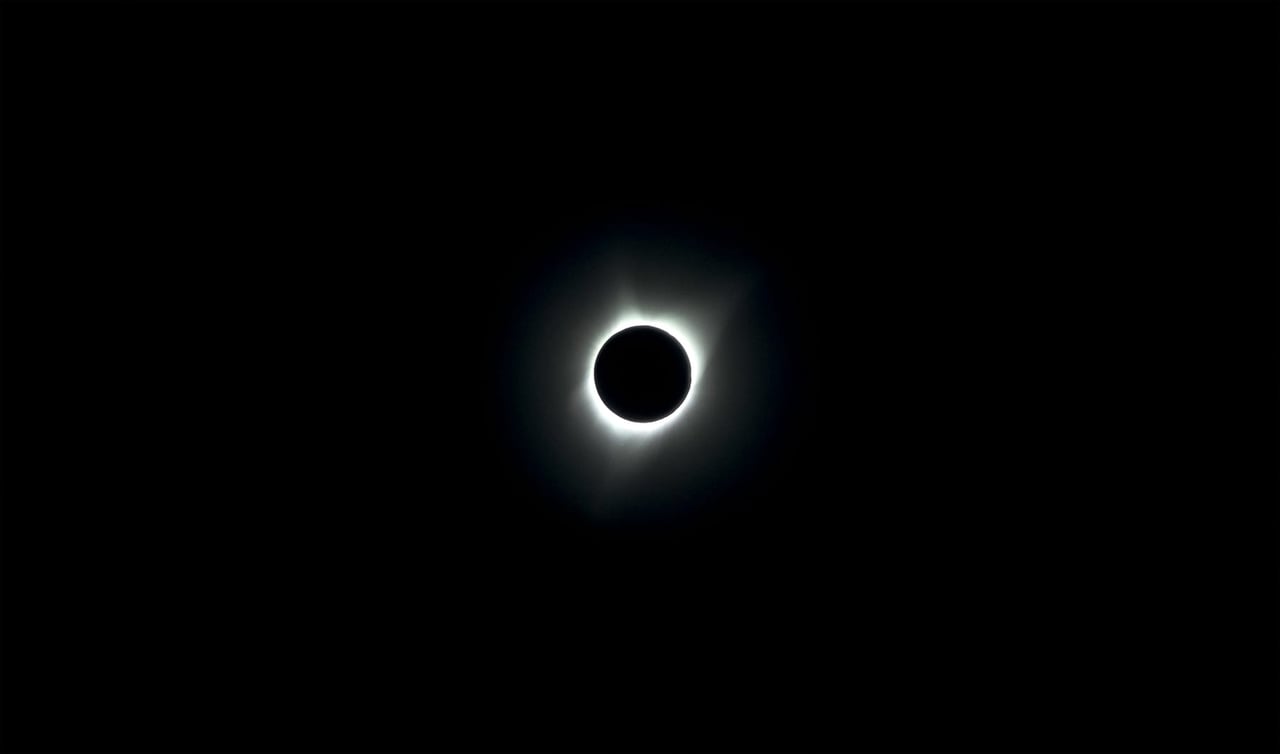Exploring the Wonders of Seaweed in the Monterey Peninsula: Edible Varieties and Local Seaweed Farming
The Monterey Peninsula, with its dramatic coastline, rich marine life, and thriving ecosystems, is home to a vast variety of seaweed species. From the nutrient-dense kelp forests off the coast to the colorful and diverse algae that thrive in shallow waters, the waters of Monterey Bay are teeming with these fascinating marine plants. Seaweed has been a part of local culture for centuries, both in terms of its ecological importance and its culinary uses.
In this blog, we'll take a deep dive into the different types of seaweed found in the Monterey Peninsula area, highlight the edible varieties, and showcase a local business that has taken the art of seaweed farming to new heights—growing and selling high-quality seaweed products worldwide.
The Different Kinds of Seaweed in the Monterey Peninsula Area
Seaweed, also known as marine algae, comes in a wide array of species and varieties, and the Monterey Bay area is a prime location for some of the most diverse forms. These varieties can be grouped into three main categories: red, brown, and green algae, each with unique characteristics.
Kelp (Brown Algae)
Kelp is probably the most recognizable and abundant type of seaweed in the Monterey Peninsula. As a type of brown algae, kelp forms massive underwater forests that thrive in the colder waters of the Pacific. These dense kelp forests provide habitats for marine life, help with coastal erosion, and play a crucial role in carbon sequestration, helping to mitigate climate change.
- Giant Kelp (Macrocystis pyrifera): This is one of the largest and fastest-growing species of kelp, with fronds that can grow up to 2 feet per day. Giant kelp forests are a key feature of the underwater landscape in Monterey Bay and support a wide range of marine creatures.
- Bull Kelp (Nereocystis luetkeana): This species is a close cousin to giant kelp and can be found in similar locations. Bull kelp features long, whip-like stems and large gas-filled floats, which allow it to tower above the water's surface, creating an impressive sight for divers and snorkelers.
Red Algae
Red algae are typically smaller and more delicate than kelp, but they are found in a wide range of coastal environments. They come in a variety of shapes, including sheets, filaments, and even intricate branching forms. In Monterey Bay, you’ll find red algae growing on rocks, other seaweeds, and even in the intertidal zone.
- Dulse (Palmaria palmata): Dulse is a popular edible red algae that grows along the rocky shores of Monterey Bay. It has a soft, leathery texture and a reddish-purple color. Dulse is rich in vitamins and minerals and is often used in snacks, soups, and salads.
- Nori (Porphyra species): Although nori is most commonly associated with sushi, it can also be found growing in the waters of the Monterey Peninsula. This red algae is prized for its thin, crispy texture and umami flavor.
Green Algae
While less abundant than kelp or red algae, green algae can still be found along the coastal areas of Monterey. These seaweeds are typically lighter in color and can be found in shallow waters where sunlight can penetrate.
- Sea Lettuce (Ulva lactuca): A common green algae that grows in abundance in the Monterey Bay area, sea lettuce is easily recognizable by its vibrant green, leafy appearance. It is a versatile seaweed, often used in salads, soups, and garnishes.
- Cladophora (Cladophora glomerata): This green algae is often found in the intertidal zone and can form thick mats along the water’s edge. Though not as commonly used in cooking, it plays an essential role in the ecosystem by providing food for marine organisms.
Edible Seaweed in the Monterey Peninsula
Many of the seaweed varieties found in the Monterey Peninsula are not only ecologically important but are also edible and prized for their unique flavors, textures, and health benefits. Seaweed has been a staple in many cultures for centuries due to its high nutritional value, rich in minerals like iodine, calcium, and magnesium, as well as vitamins A and C.
Here are some of the most popular edible seaweeds in the Monterey Bay area:
Kombu (Saccharina japonica)
Kombu is a type of kelp that is commonly used in Japanese cuisine to make broths and soups (like dashi). It has a rich umami flavor and is also packed with minerals. Kombu is widely available in the Monterey Bay area, and local businesses harvest it from the waters off the coast of California.
Dulse
As mentioned earlier, dulse is a versatile edible seaweed that grows in the rocky coastal areas of Monterey. With its chewy texture and mildly salty flavor, it’s often dried and used in snacks or crumbled on top of salads. Dulse is also known for its health benefits, such as promoting thyroid health and boosting the immune system.
Nori
While nori is best known for its role in sushi, it’s also used in various snacks and dishes. It’s rich in protein, fiber, and essential fatty acids, making it a healthy addition to any diet. In Monterey Bay, nori is often harvested from the waters near Pebble Beach and Carmel.
Sea Lettuce
Sea lettuce has a delicate, slightly sweet flavor and a soft, crisp texture. It’s often used in salads or as a garnish for seafood dishes. Sea lettuce is also high in fiber, making it a great addition to any healthy eating plan.
Local Seaweed Farming: Monterey Bay’s Seaweed Sustainability
One of the most exciting developments in the Monterey Peninsula’s seaweed scene is the rise of sustainable seaweed farming. A prime example of this is The Monterey Bay Seaweed Company, a local business that has embraced the art of seaweed farming and has made waves in the global market.
The Monterey Bay Seaweed Company specializes in cultivating high-quality edible seaweed species, including kelp and dulse, which they harvest and process for sale worldwide. Their sustainable farming practices ensure that the local marine ecosystem remains healthy and vibrant while providing a valuable product to consumers.
The company’s seaweed is prized not only for its exceptional quality but also for its role in promoting sustainability. Seaweed farming helps to reduce ocean acidification, creates habitats for marine life, and is an eco-friendly alternative to many traditional agricultural practices that can harm the environment.
In addition to selling their seaweed to restaurants and health food stores, the Monterey Bay Seaweed Company offers a variety of seaweed-based products, including dried snacks, seasonings, and even skincare items. By supporting local seaweed farmers, consumers are helping to promote sustainability and preserve the unique marine ecosystems of Monterey Bay.
The Future of Seaweed in the Monterey Peninsula
The seaweed of the Monterey Peninsula is not only an ecological marvel but a culinary treasure. Whether you’re foraging along the rocky coast, experimenting with seaweed in your kitchen, or supporting local seaweed farmers, there’s no shortage of ways to engage with these fascinating marine plants. The diversity of seaweed species in Monterey Bay, coupled with the growing interest in sustainable seaweed farming, makes this an exciting time for both locals and visitors to embrace the many benefits of seaweed.
From the stunning kelp forests to the tasty seaweed snacks on your plate, Monterey Bay’s seaweed scene is a testament to the beauty and bounty of our coastal waters. So next time you're out on a walk along the beach, take a moment to appreciate these amazing seaweeds – after all, they’re not just beautiful to look at, but also incredibly good for you!
